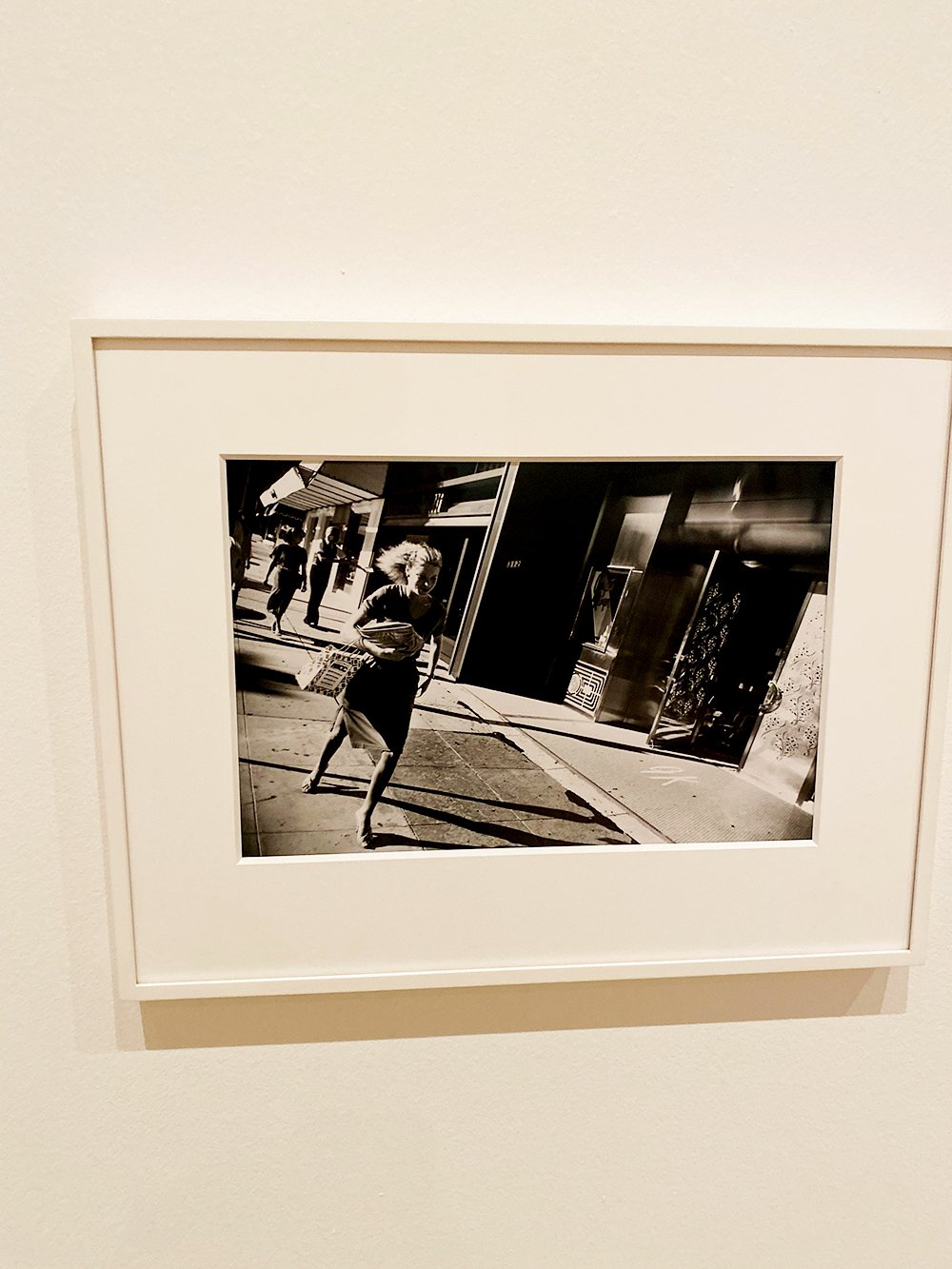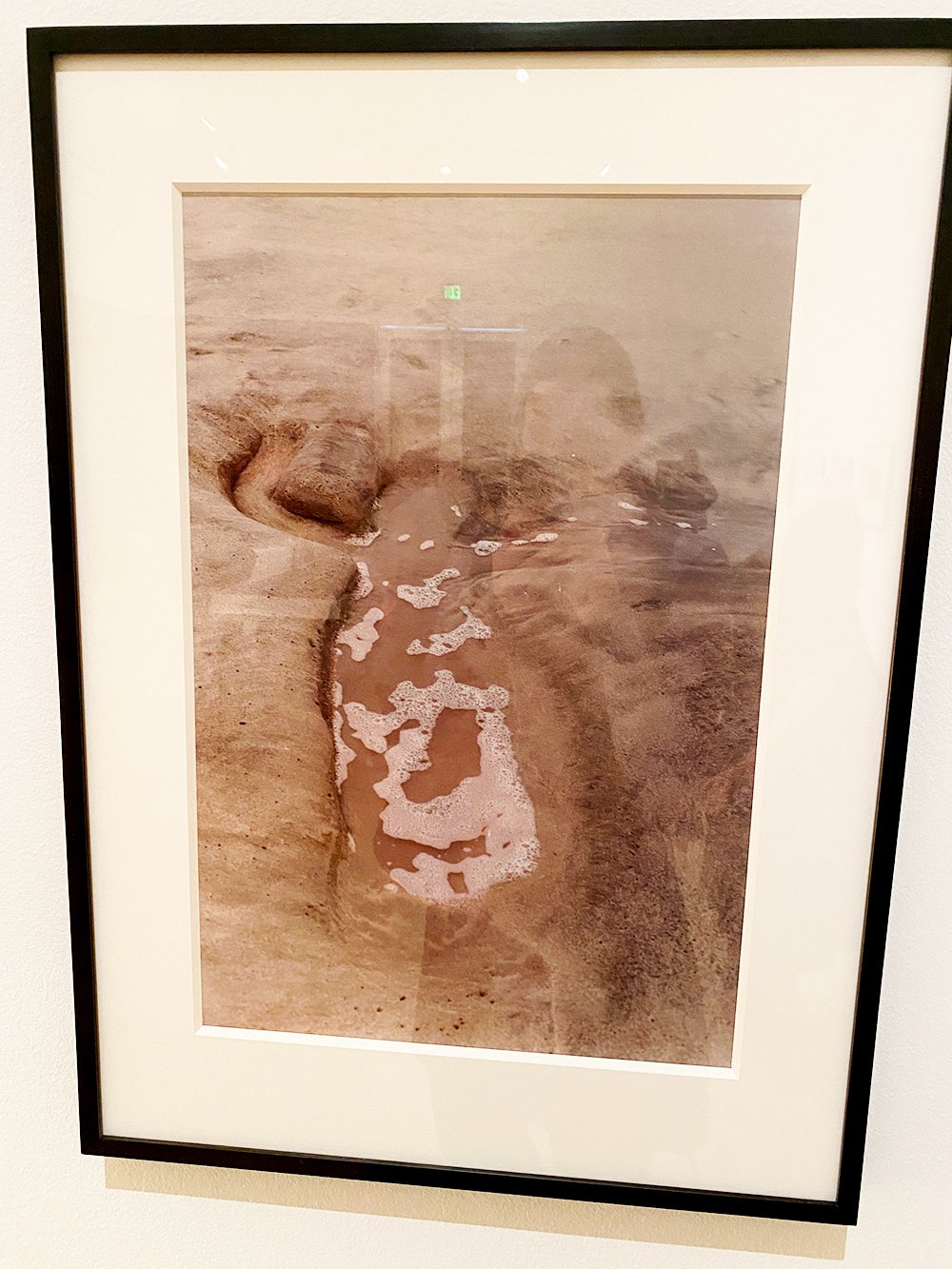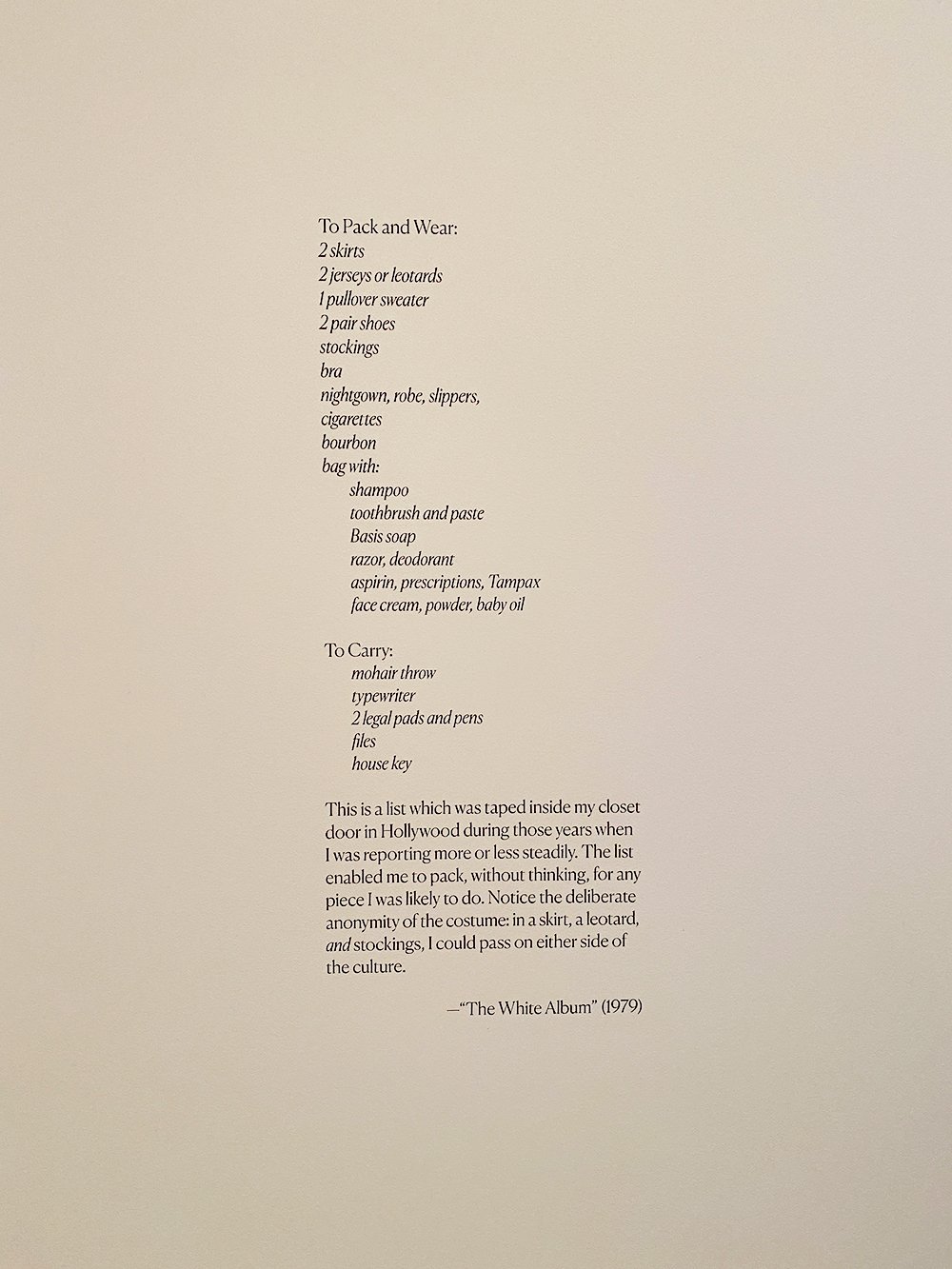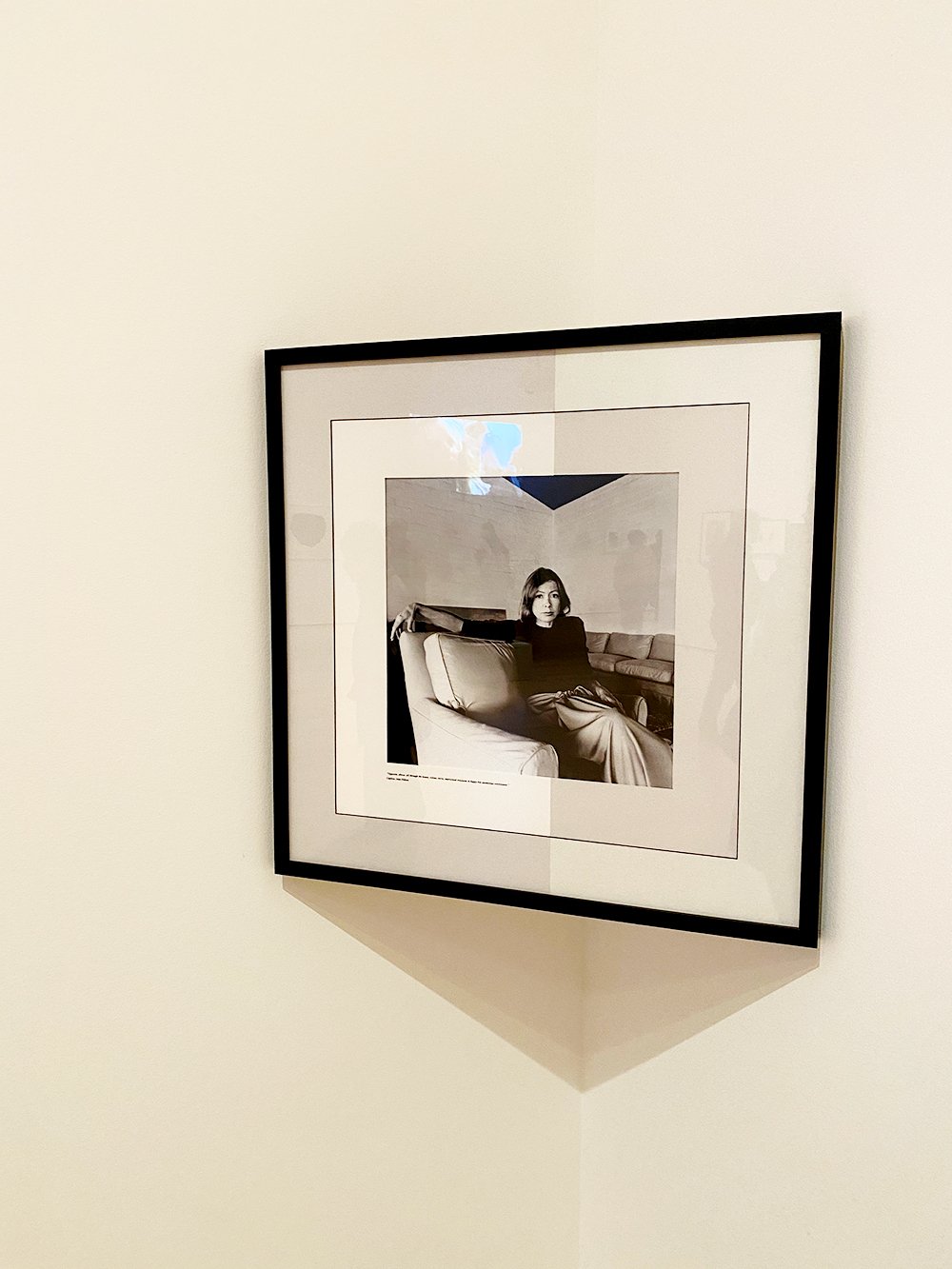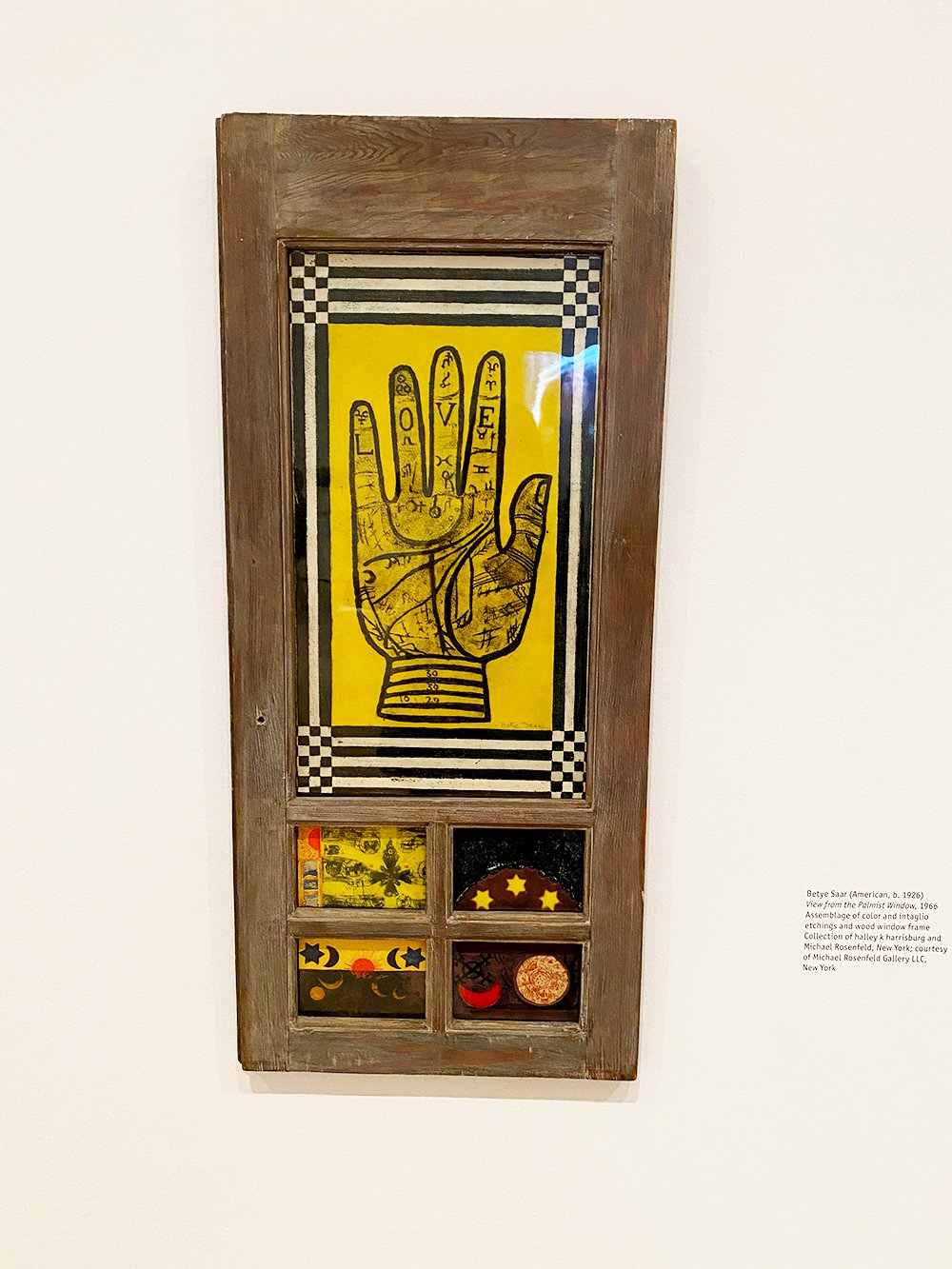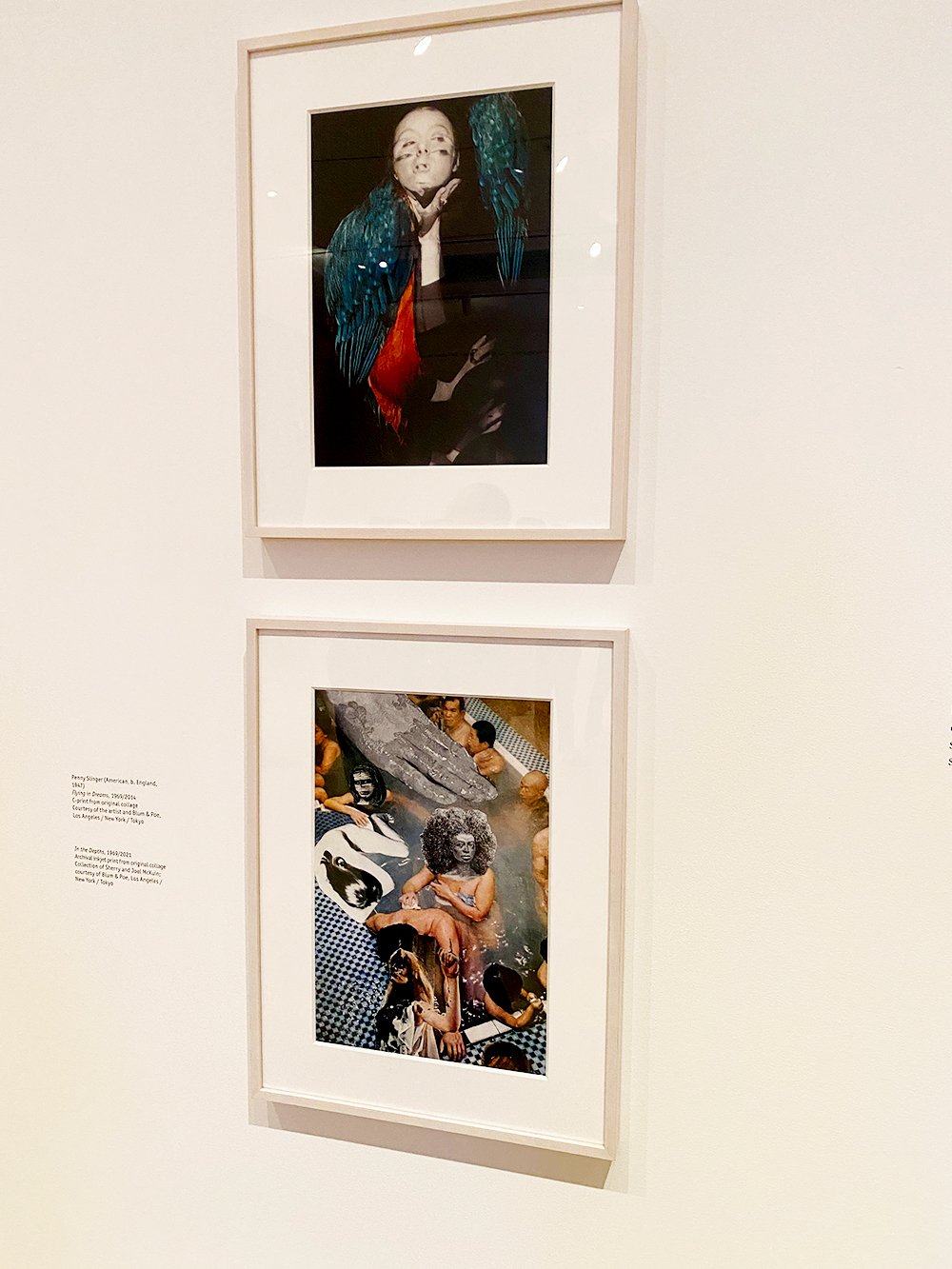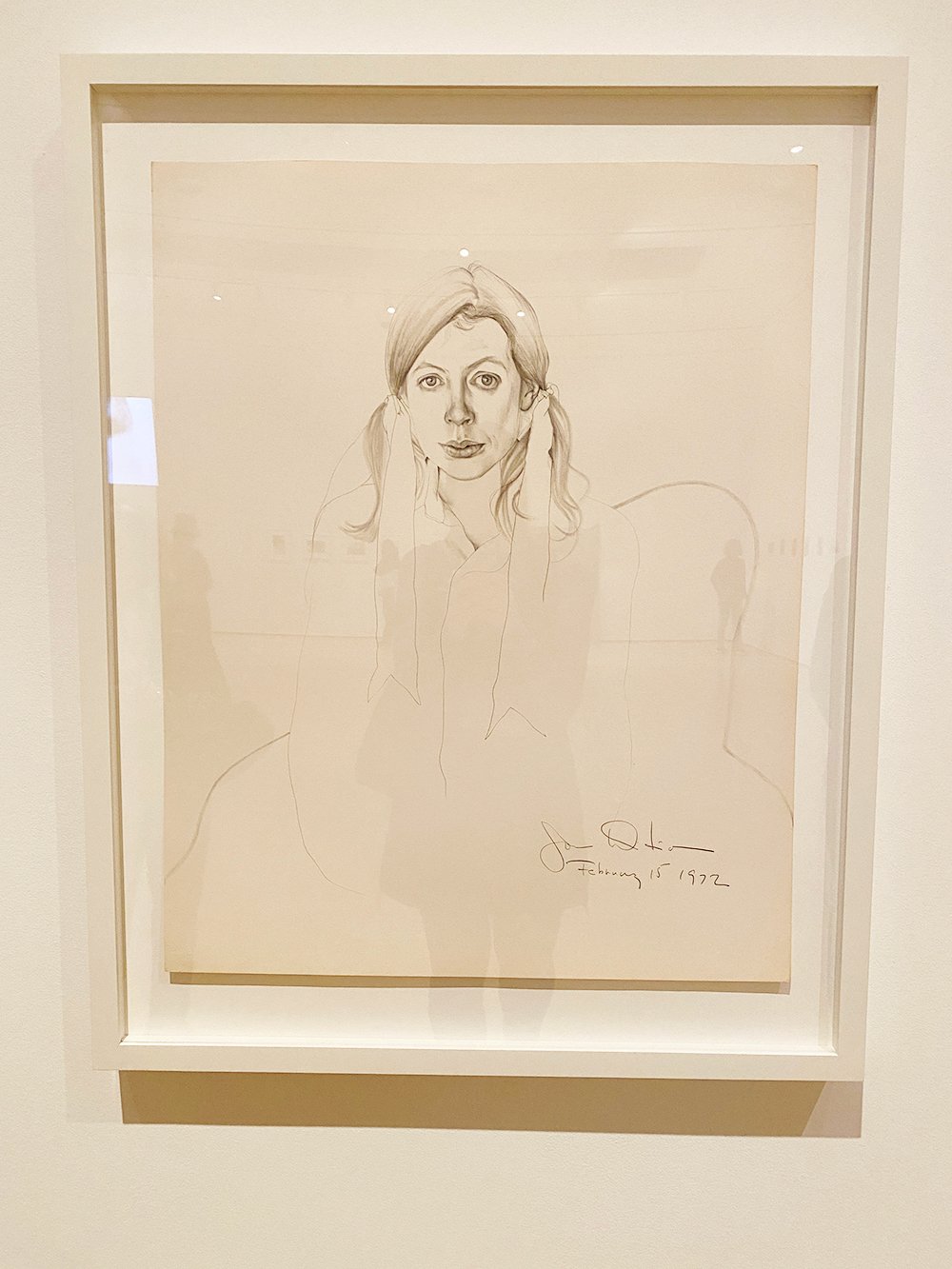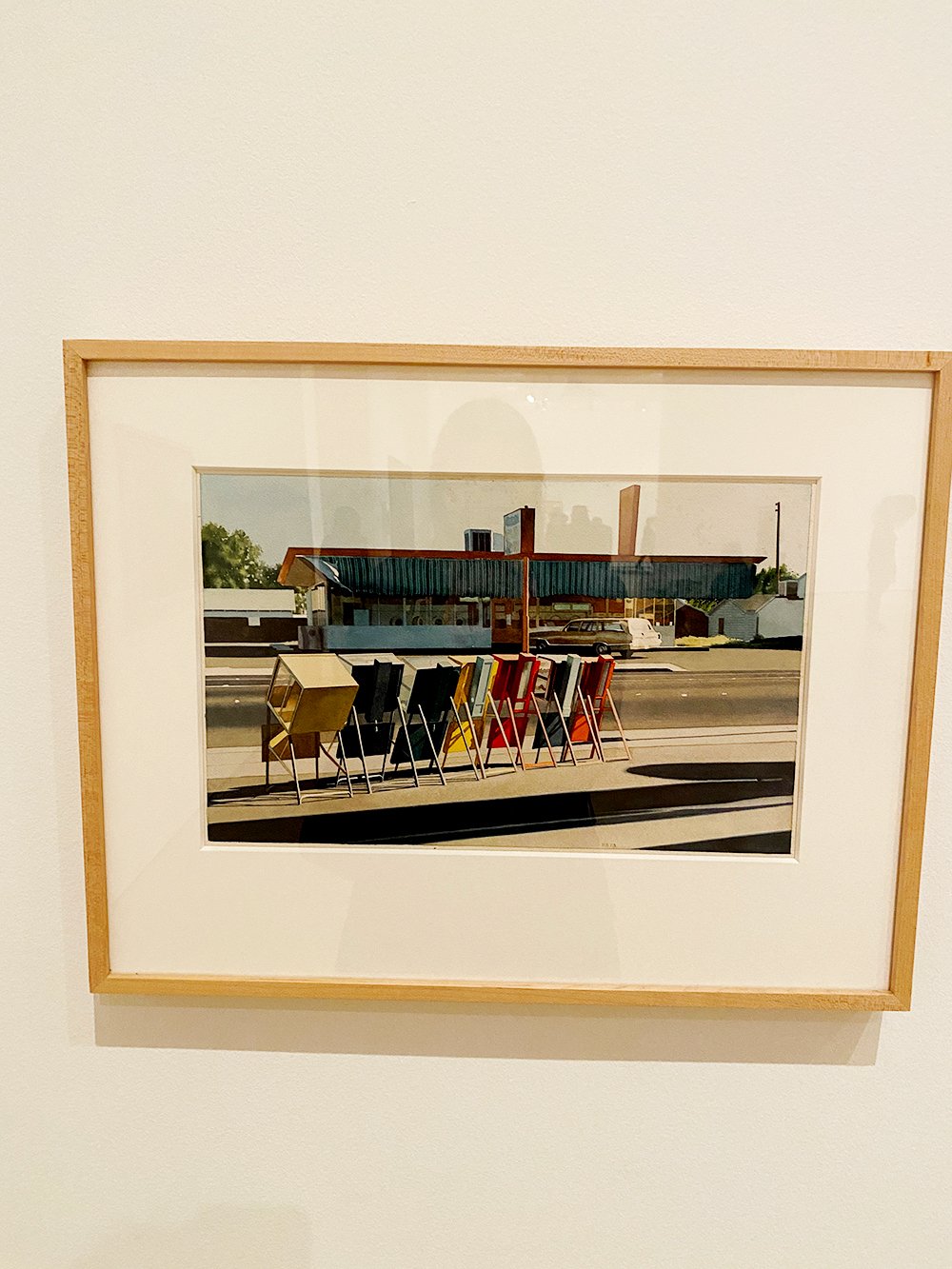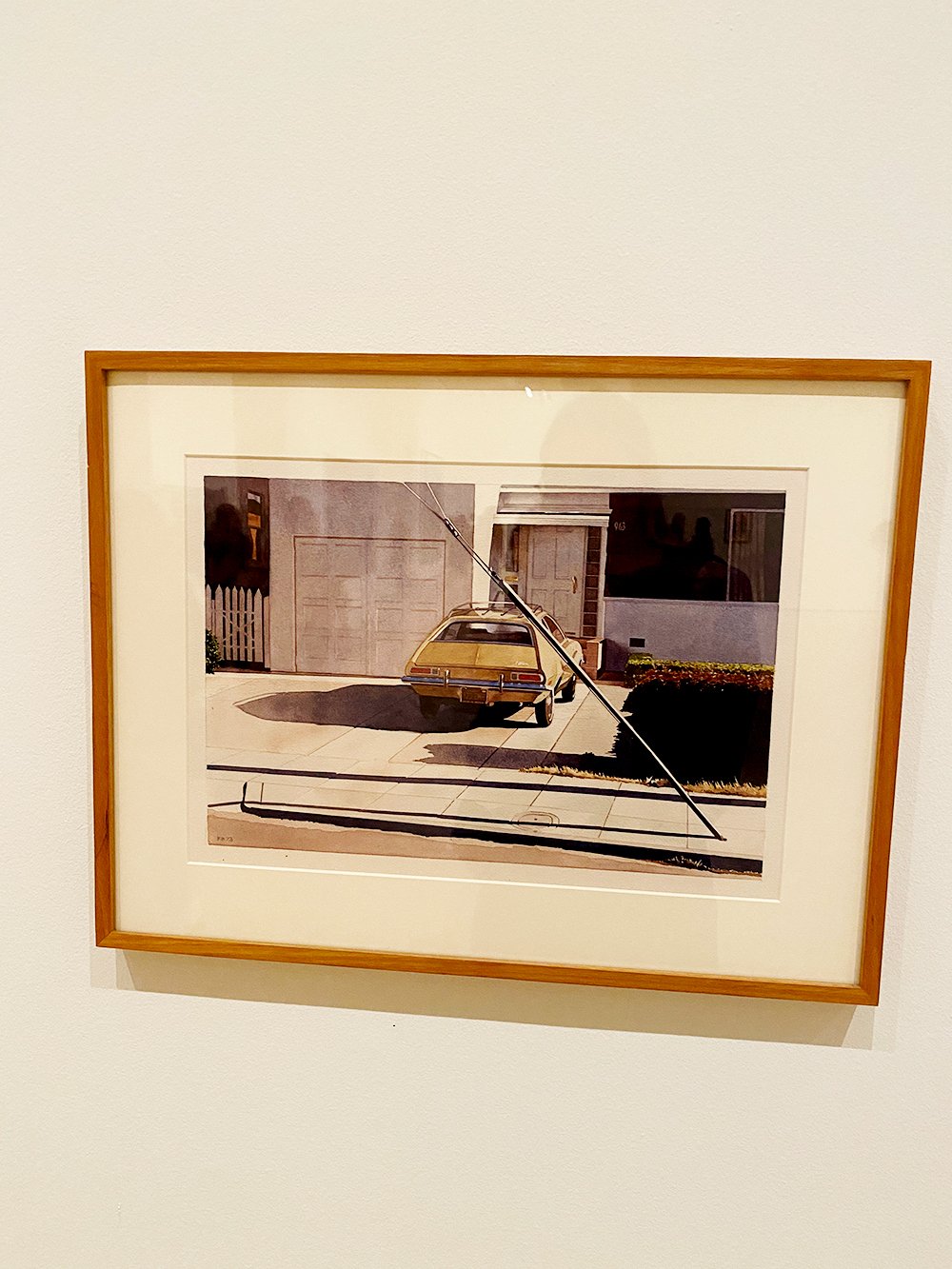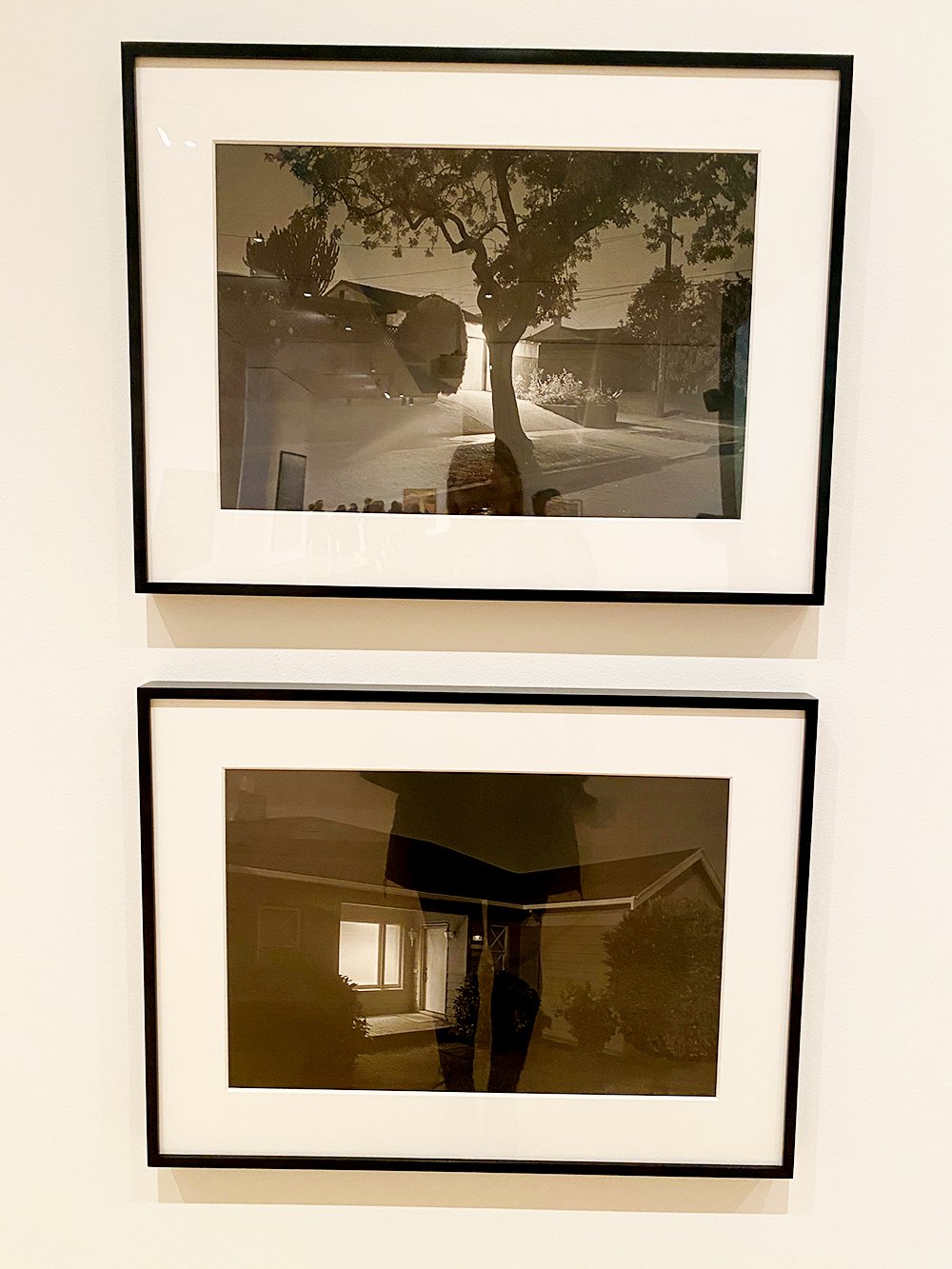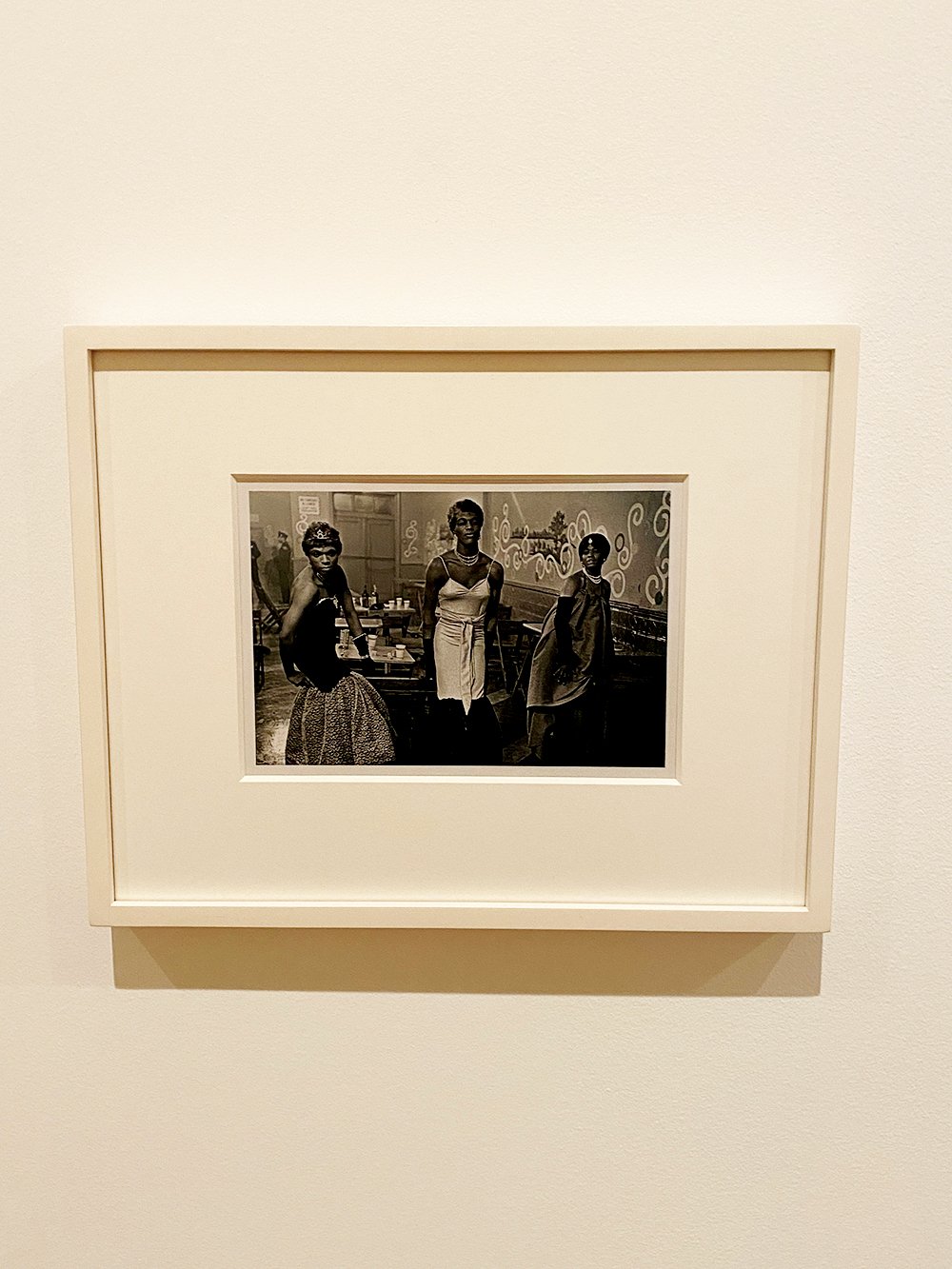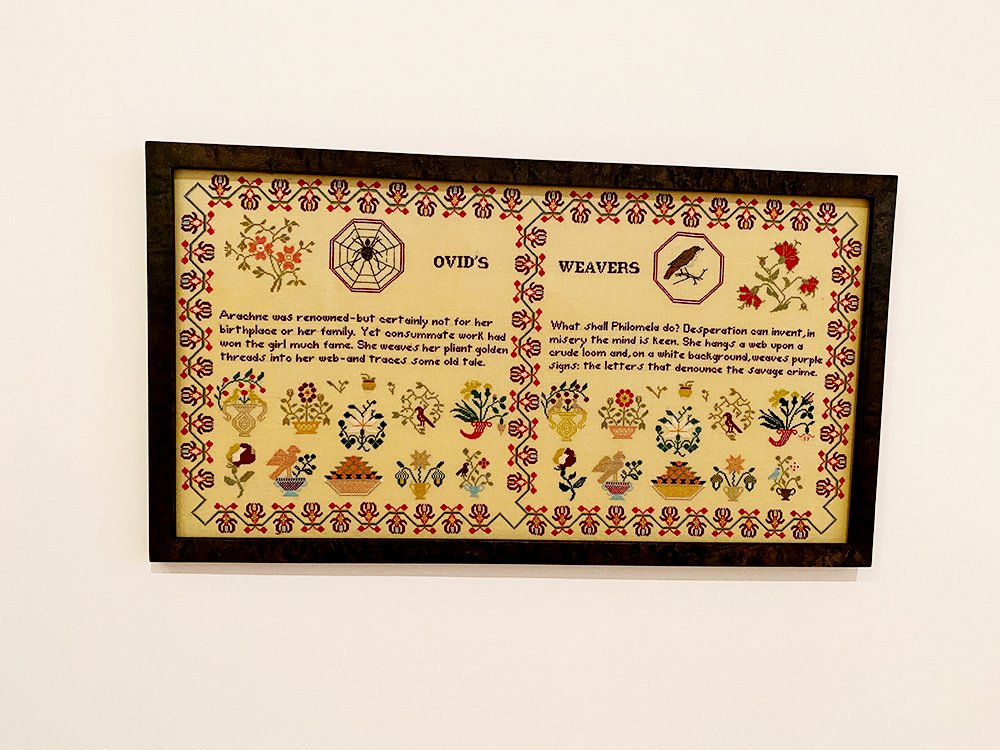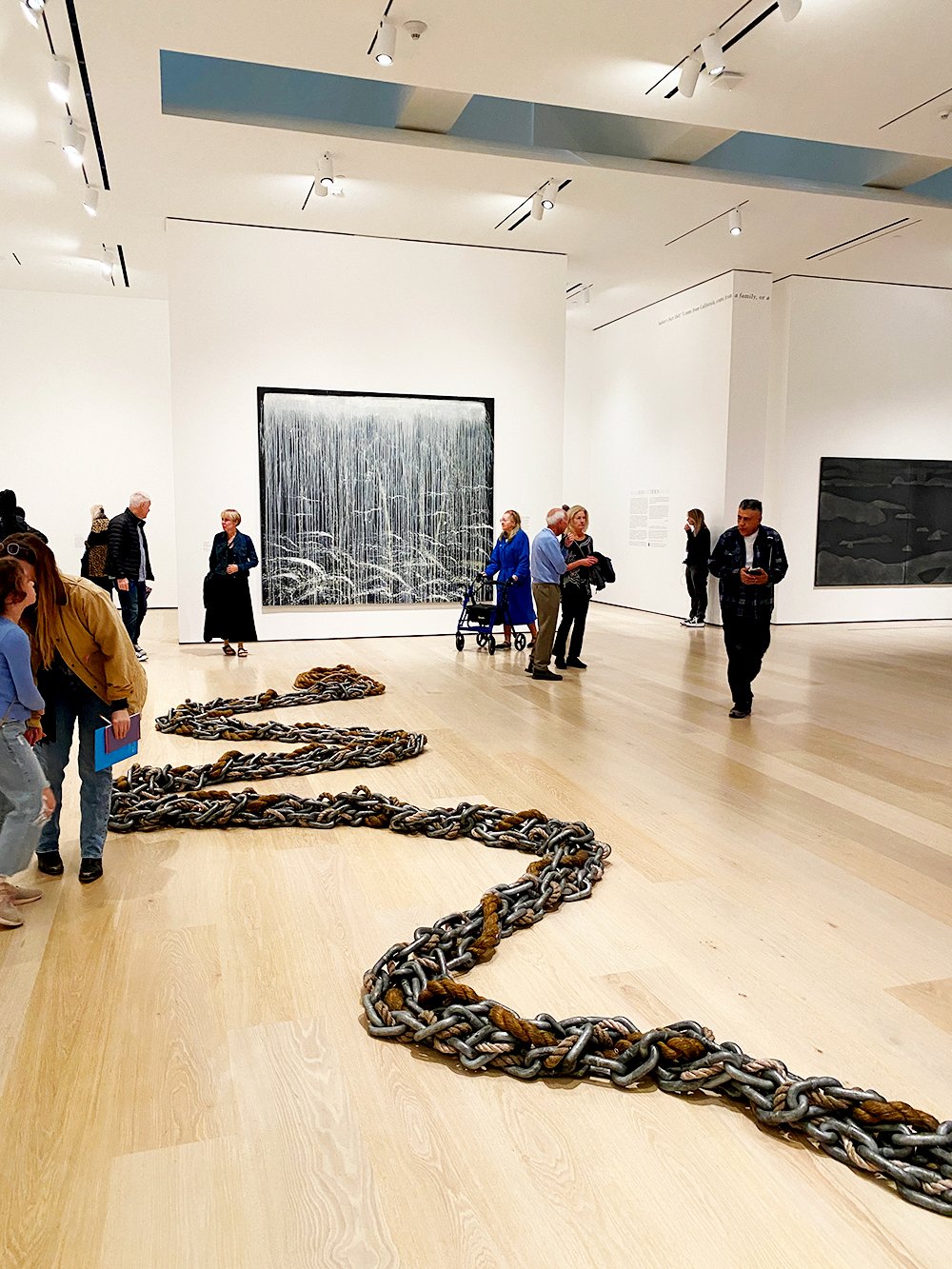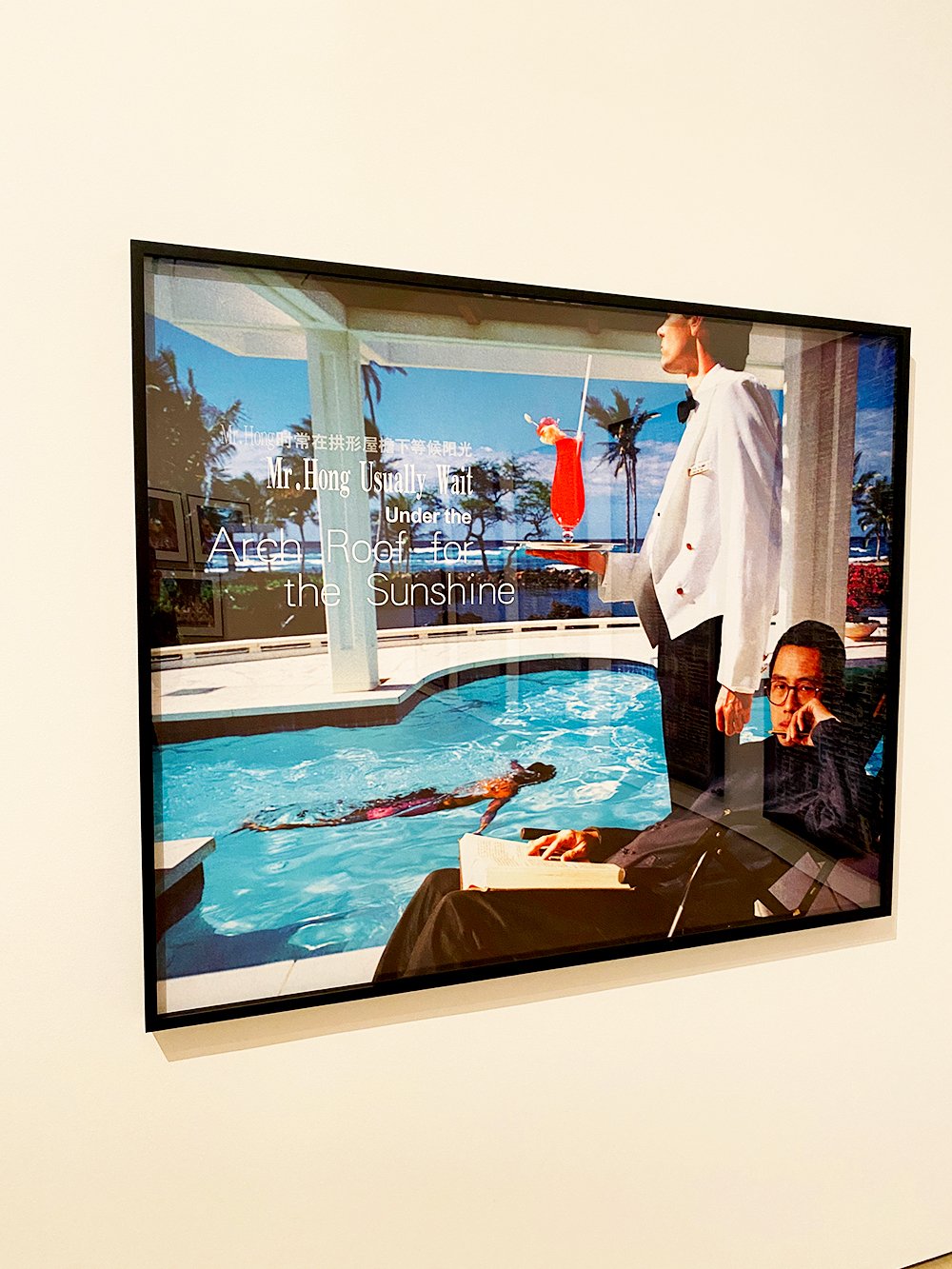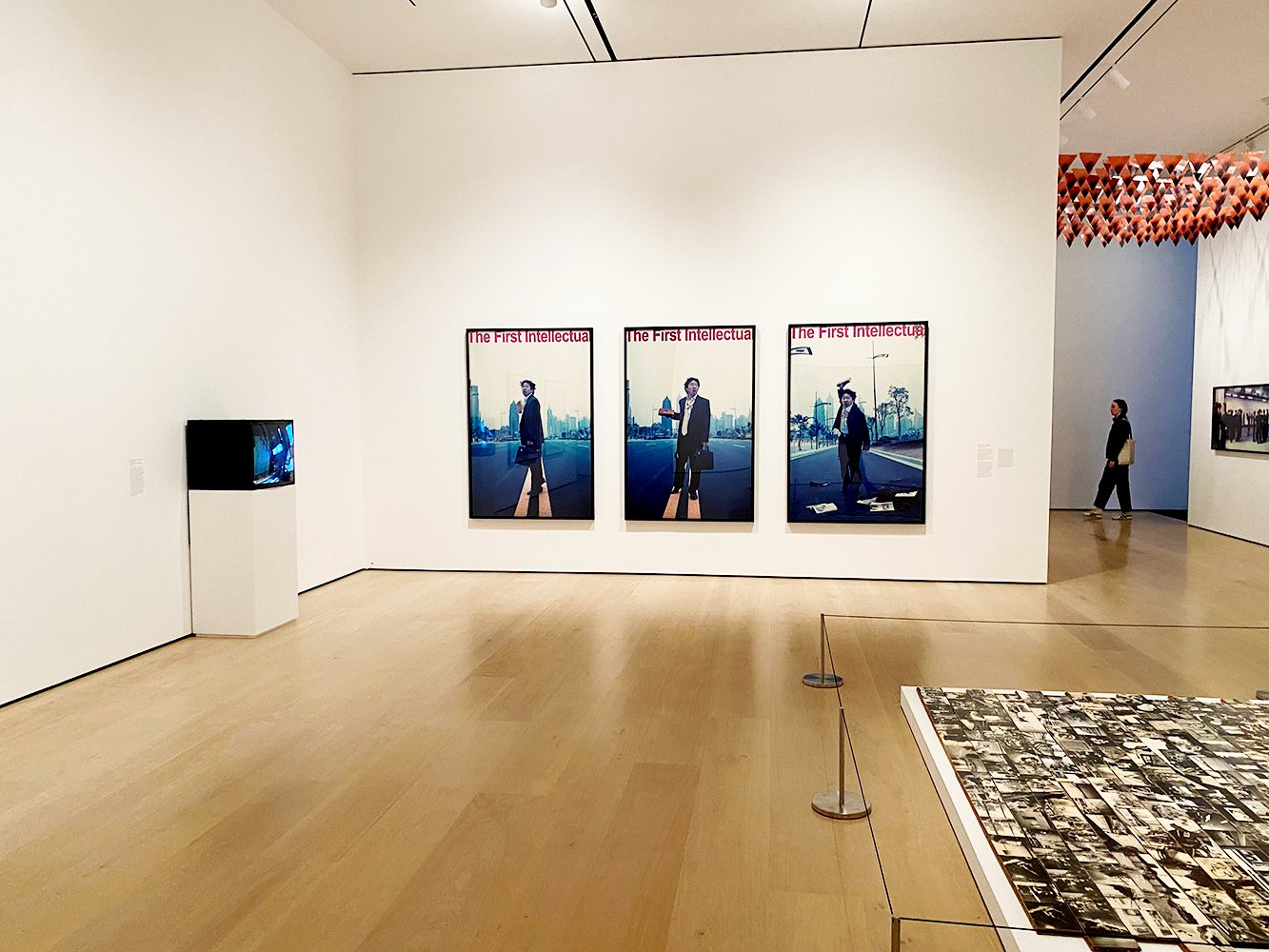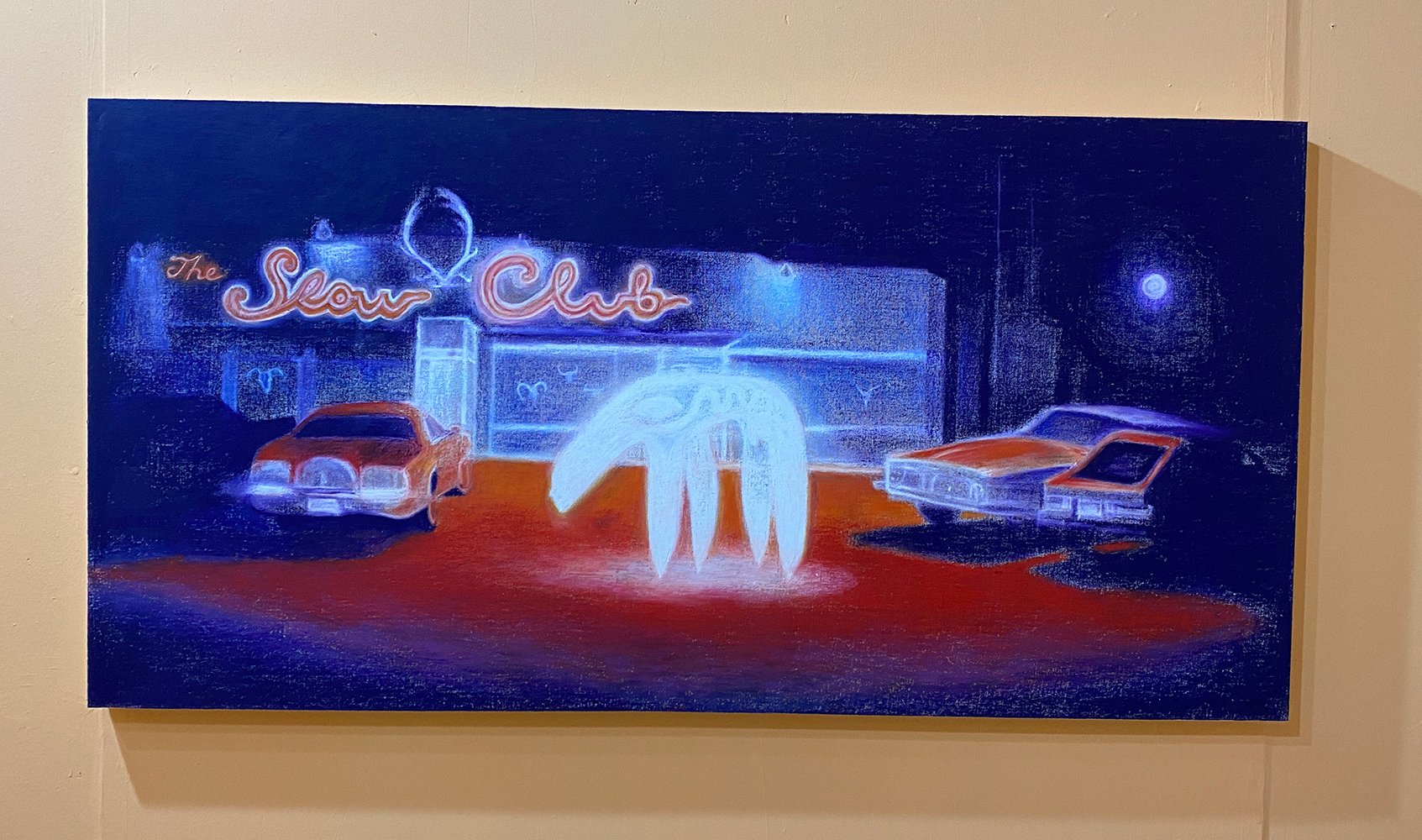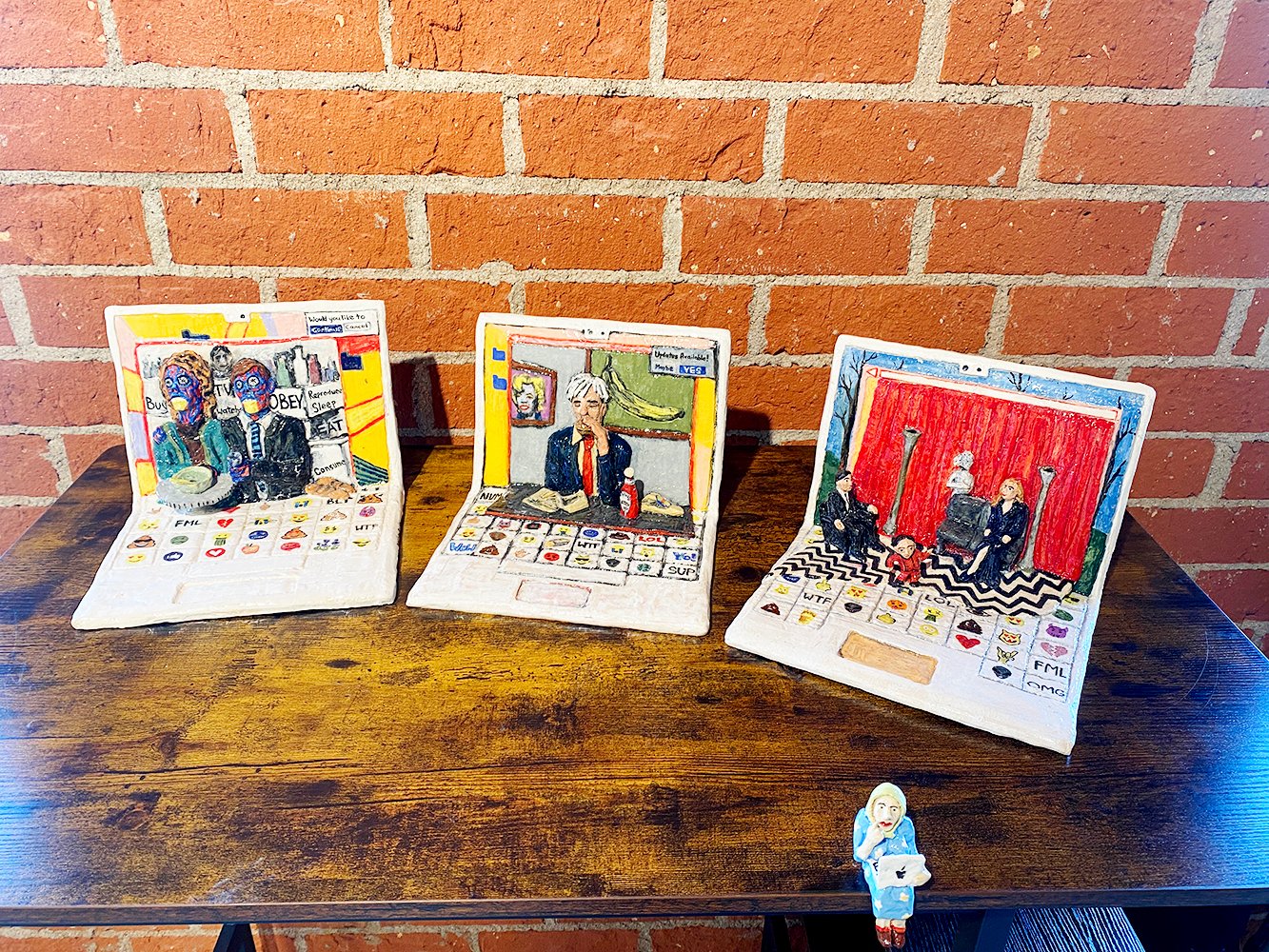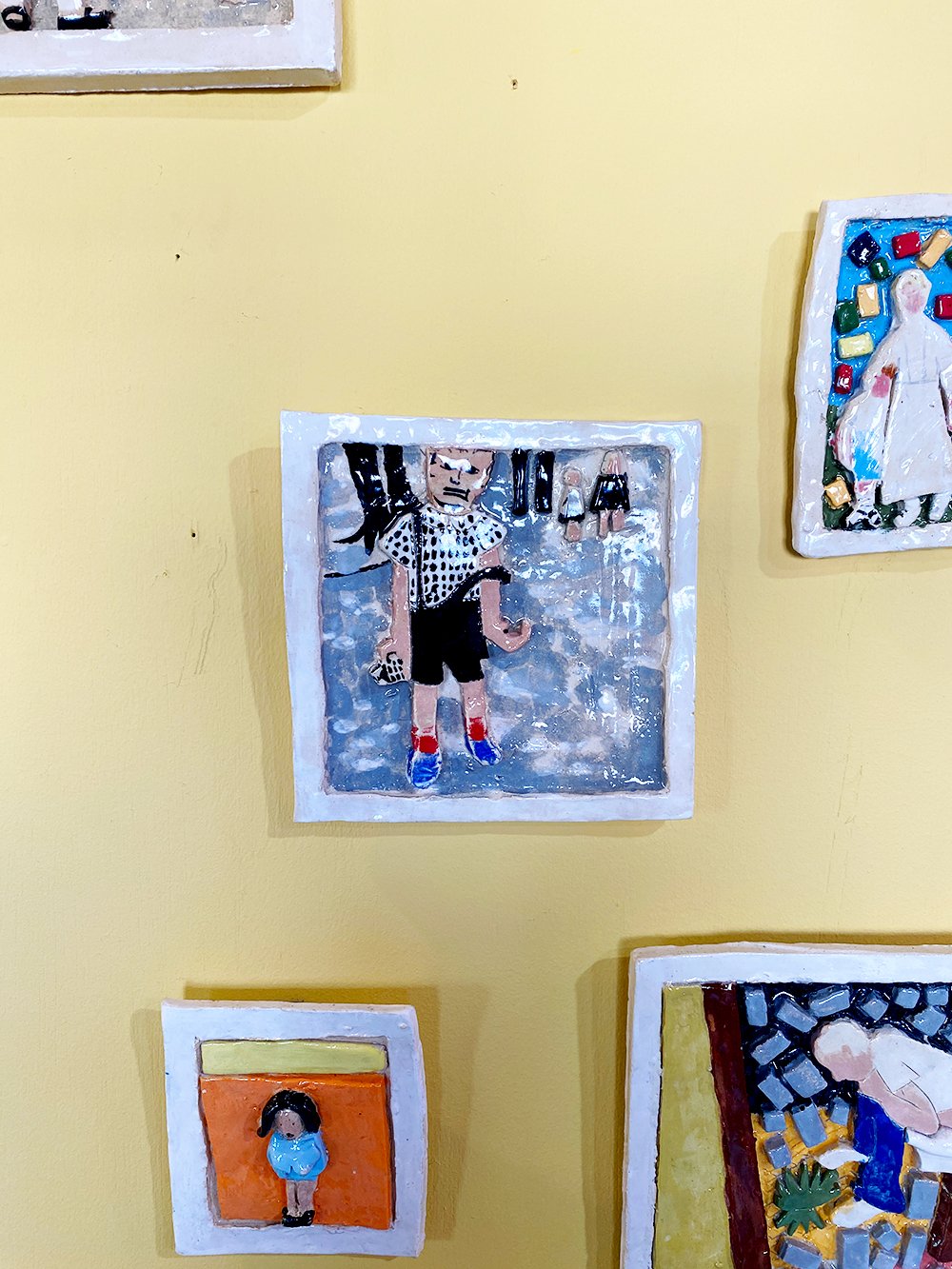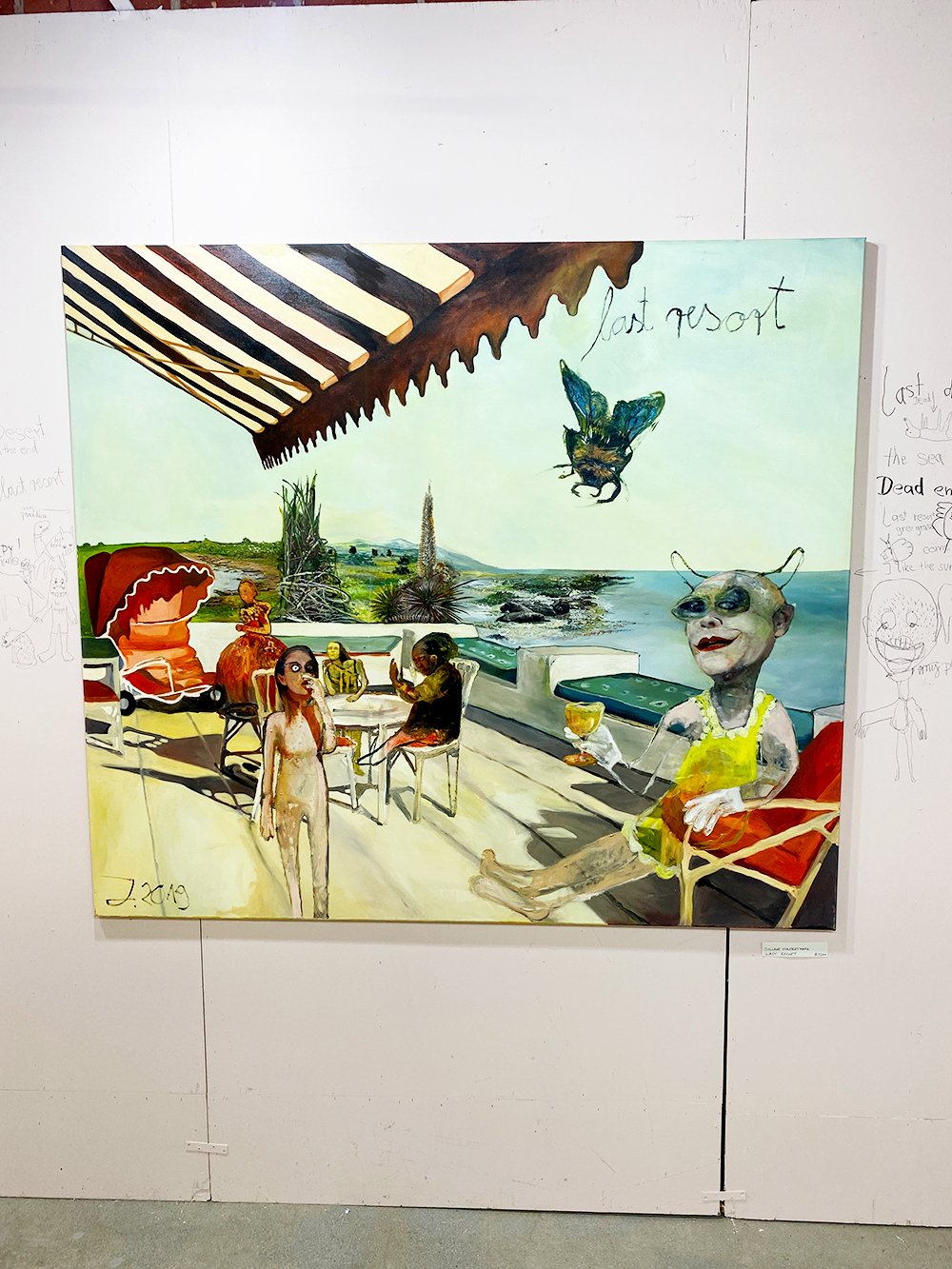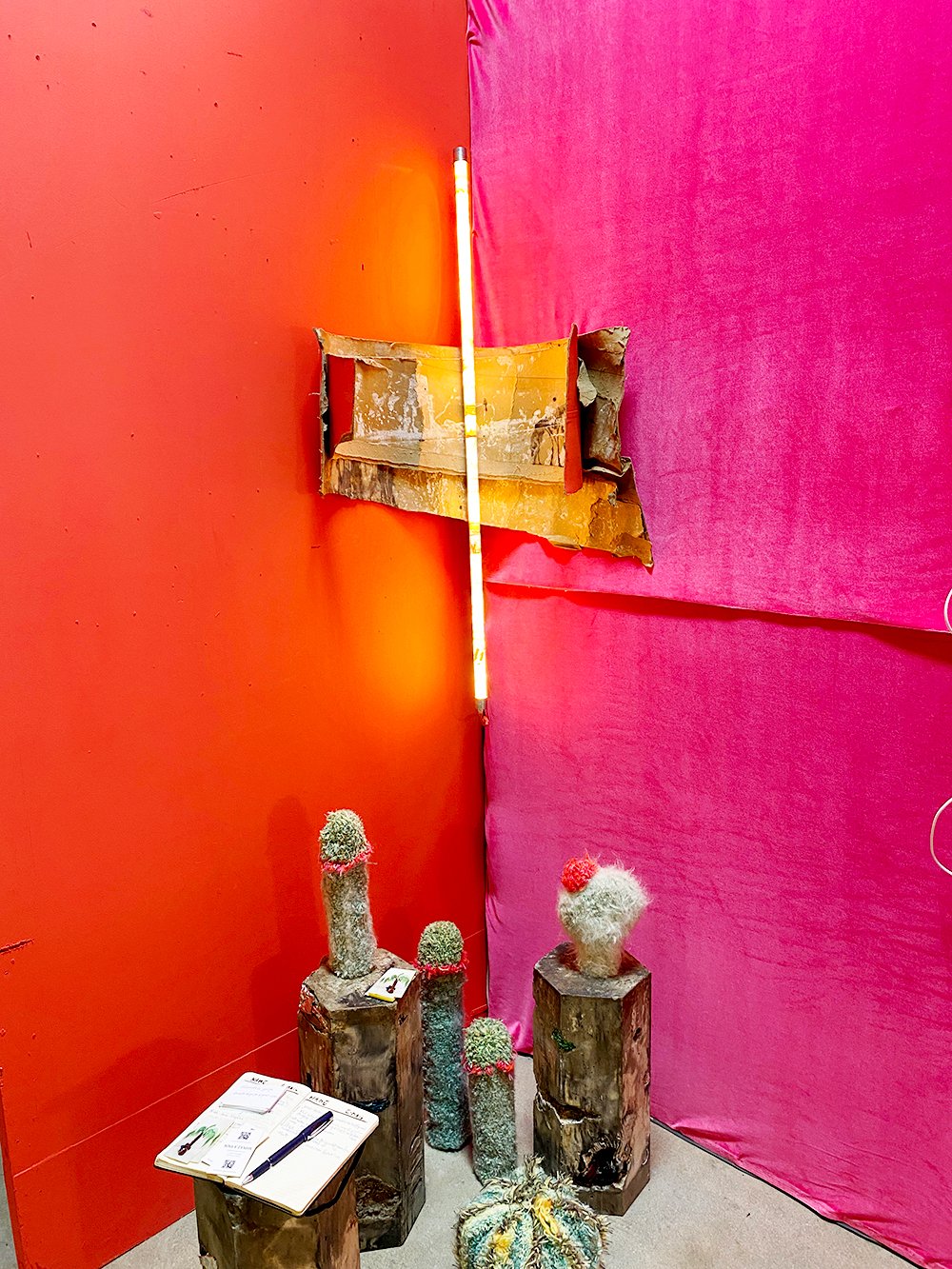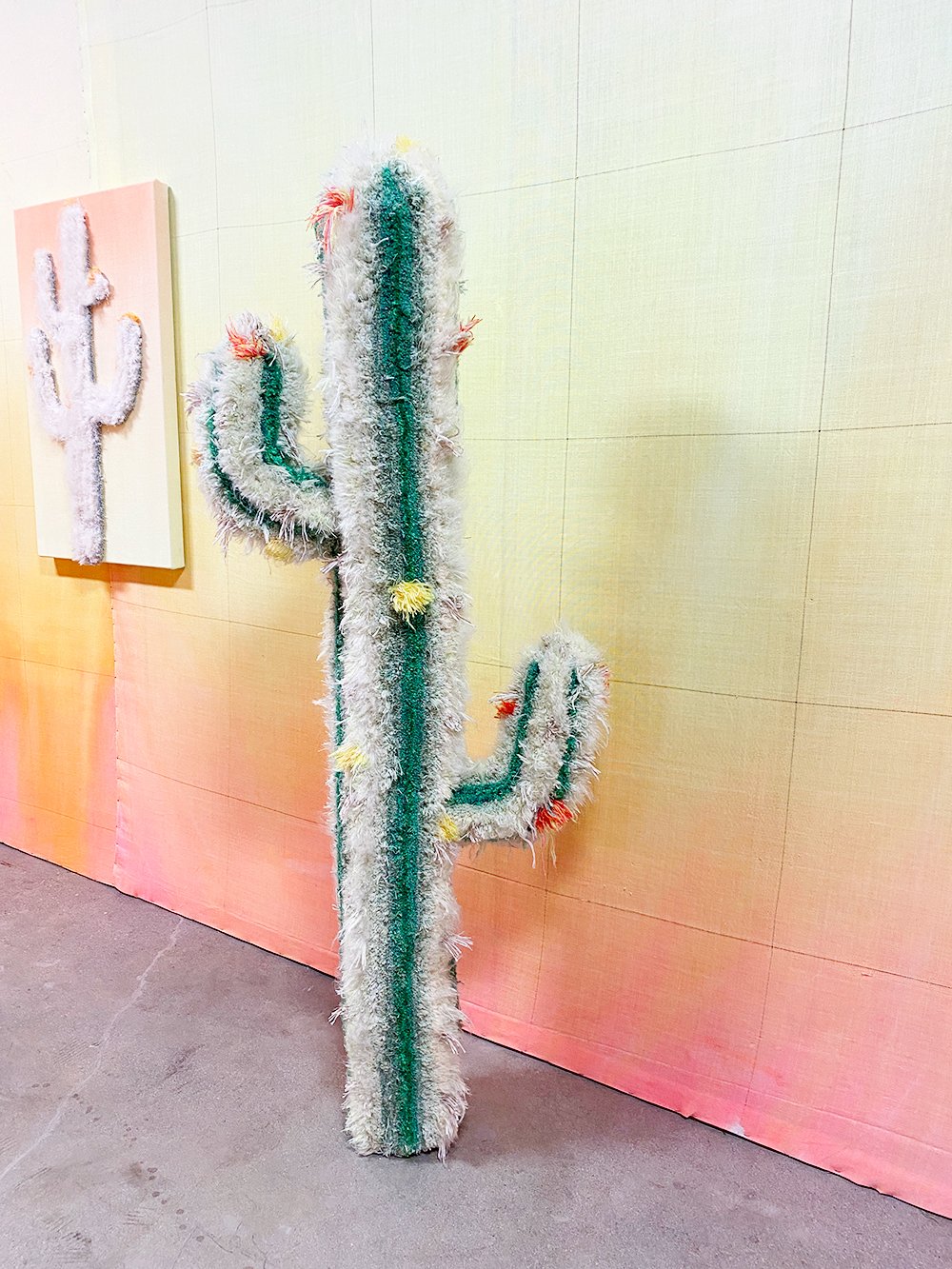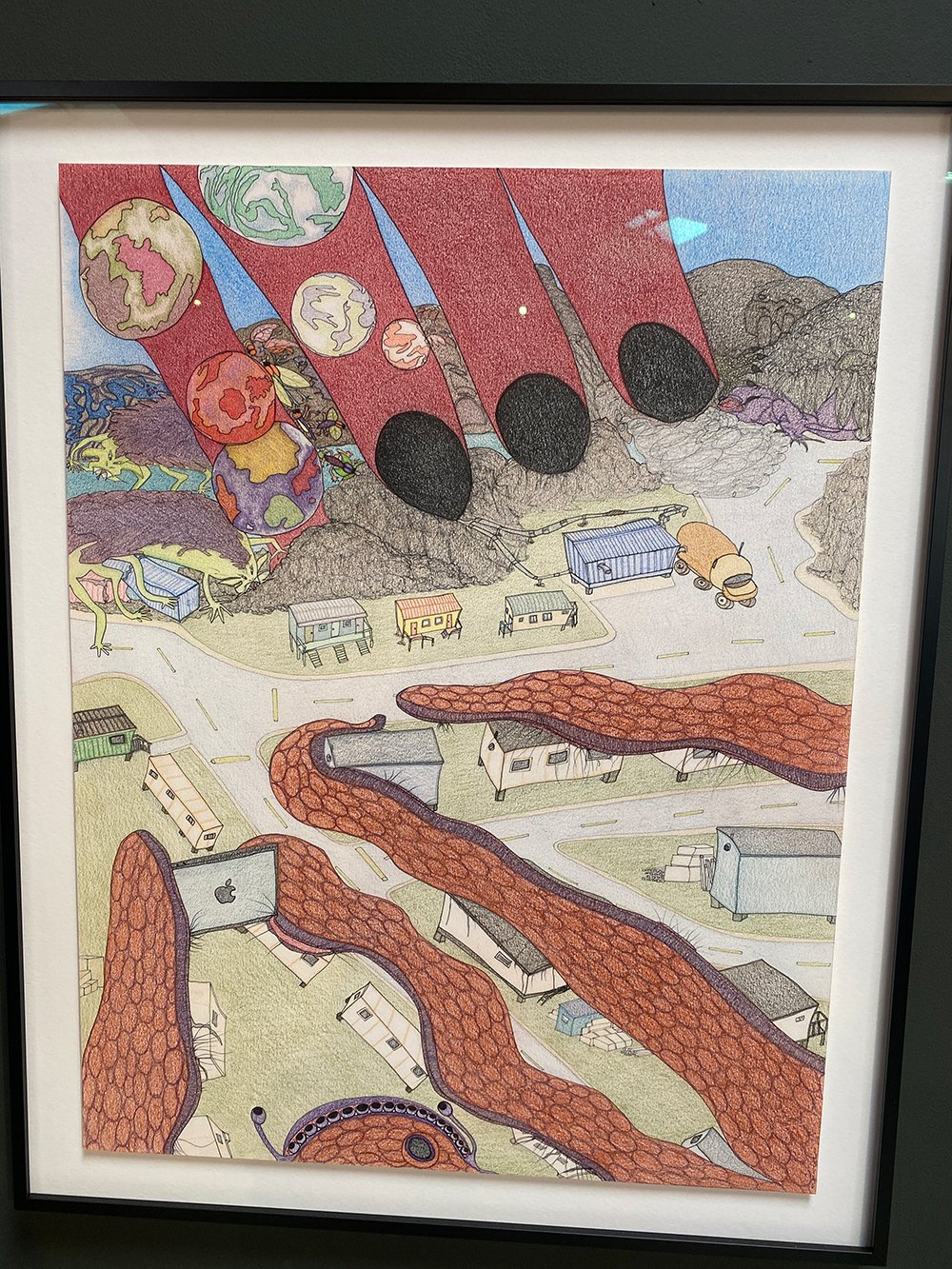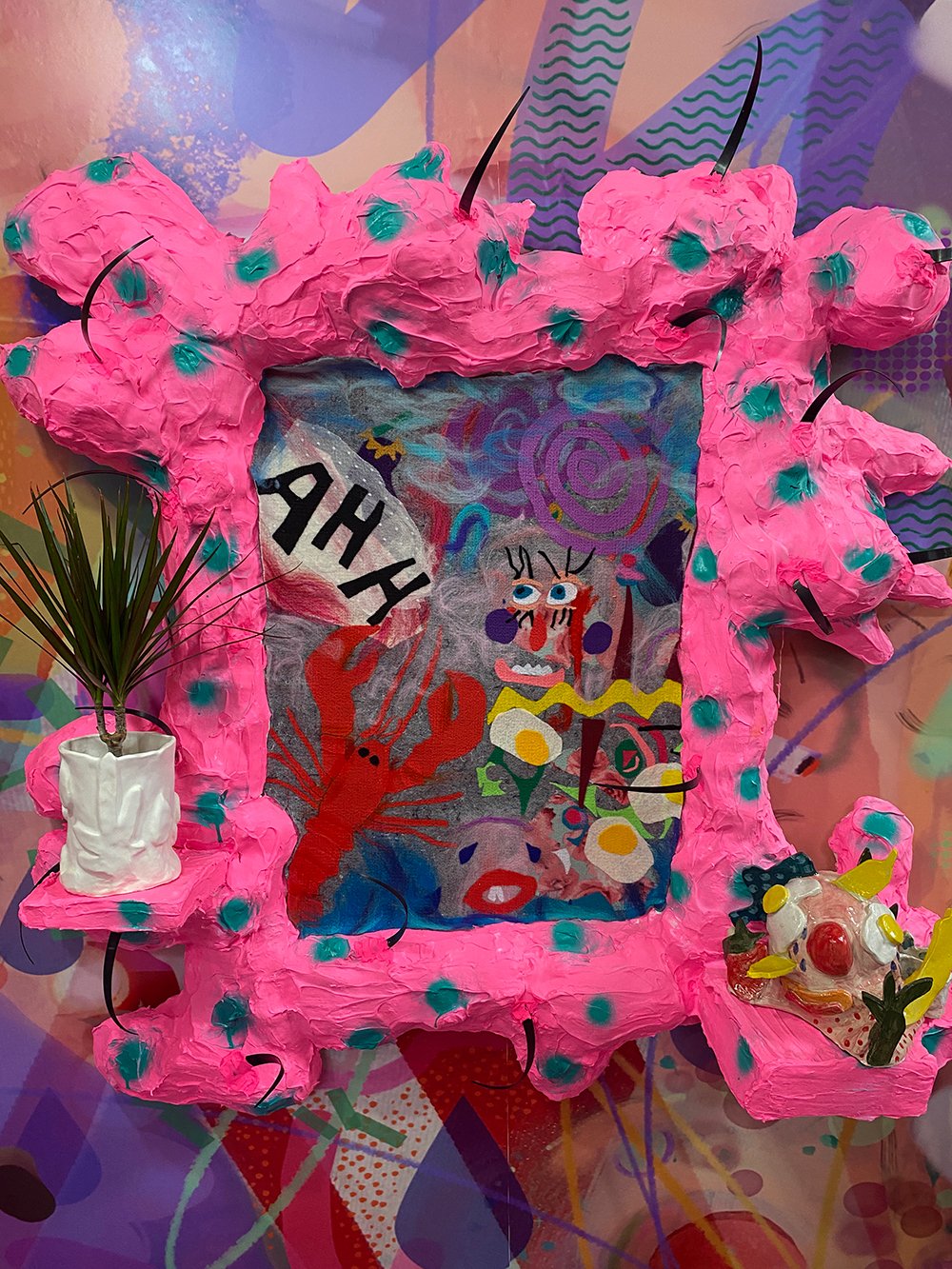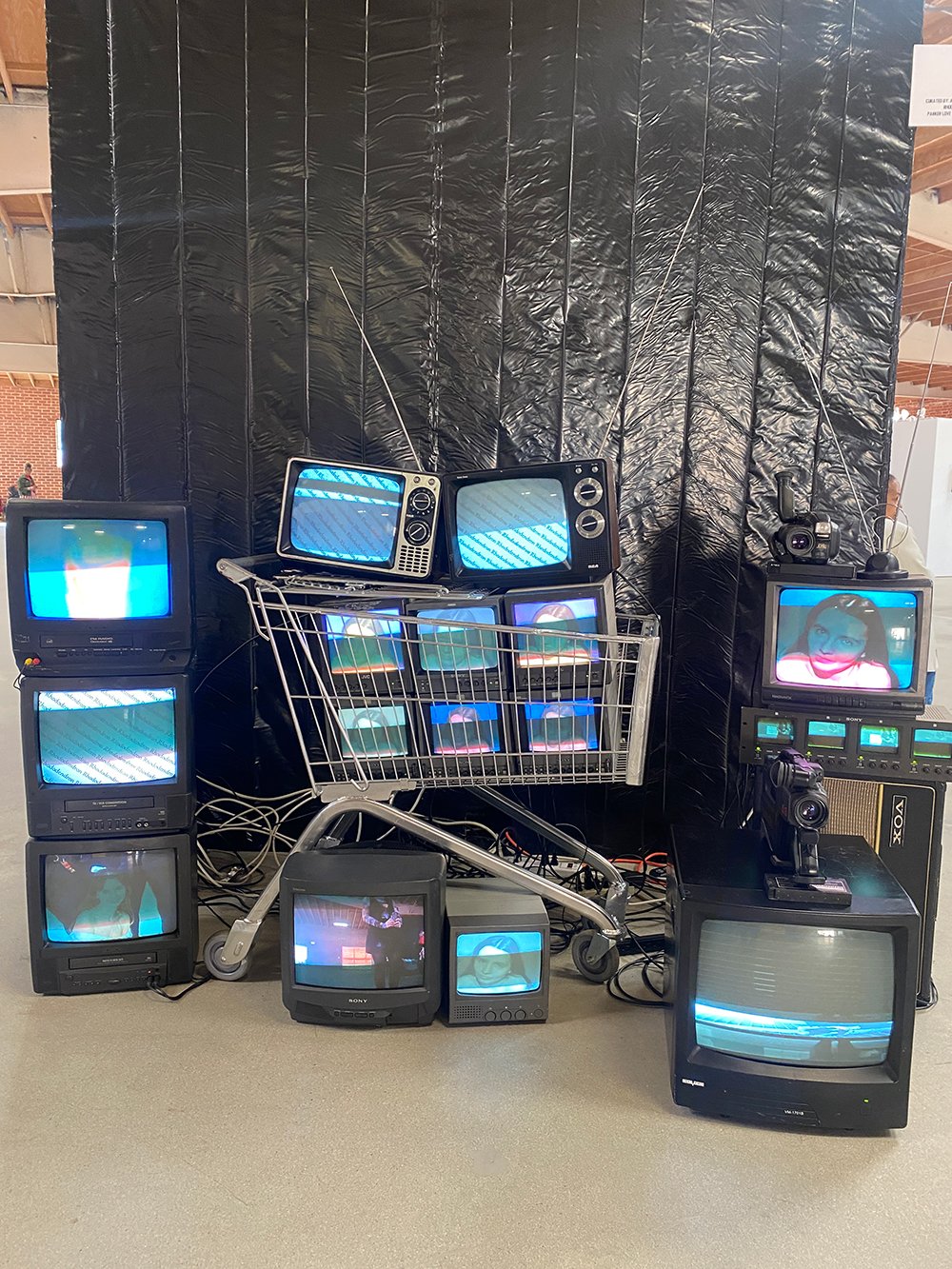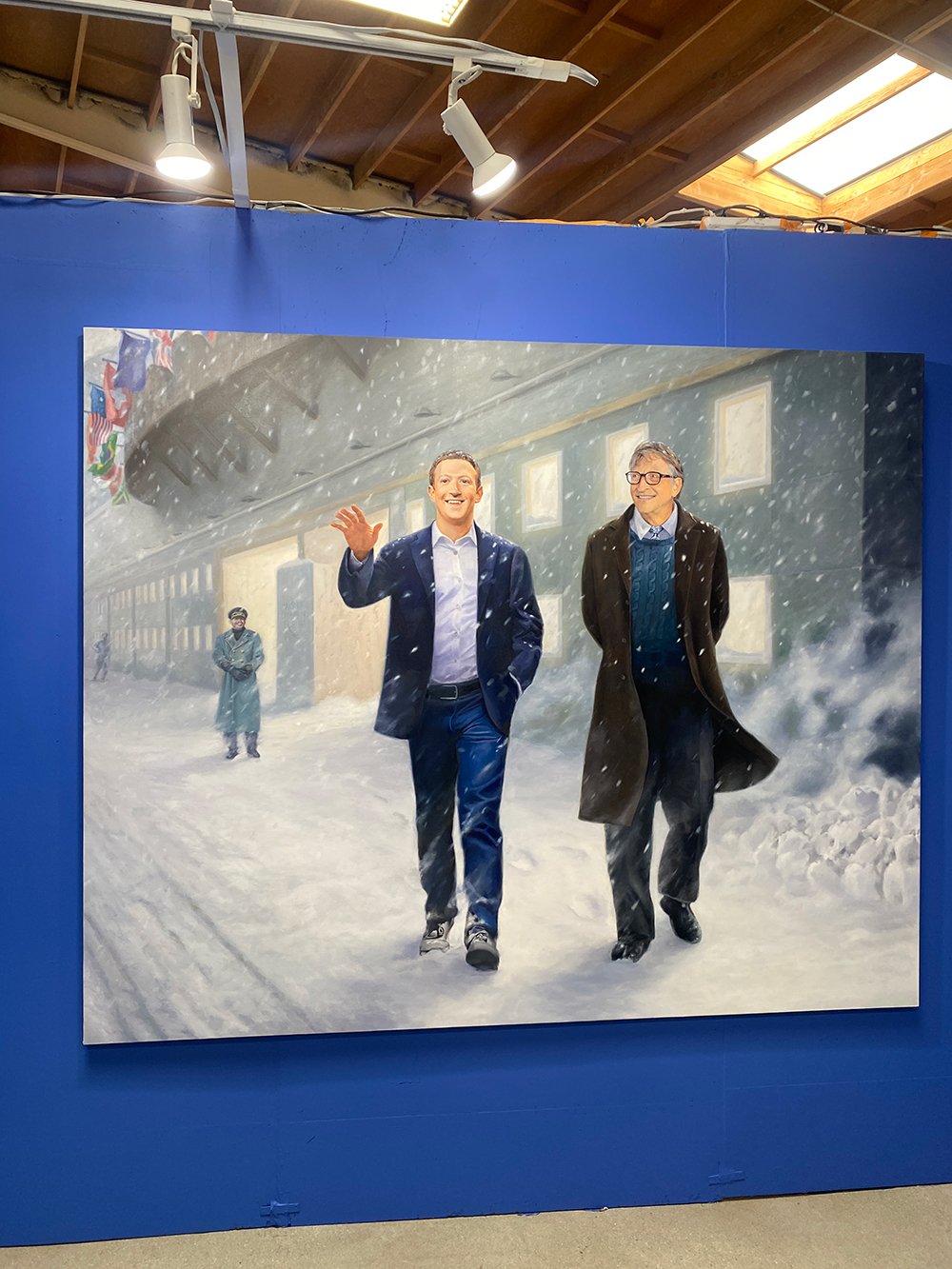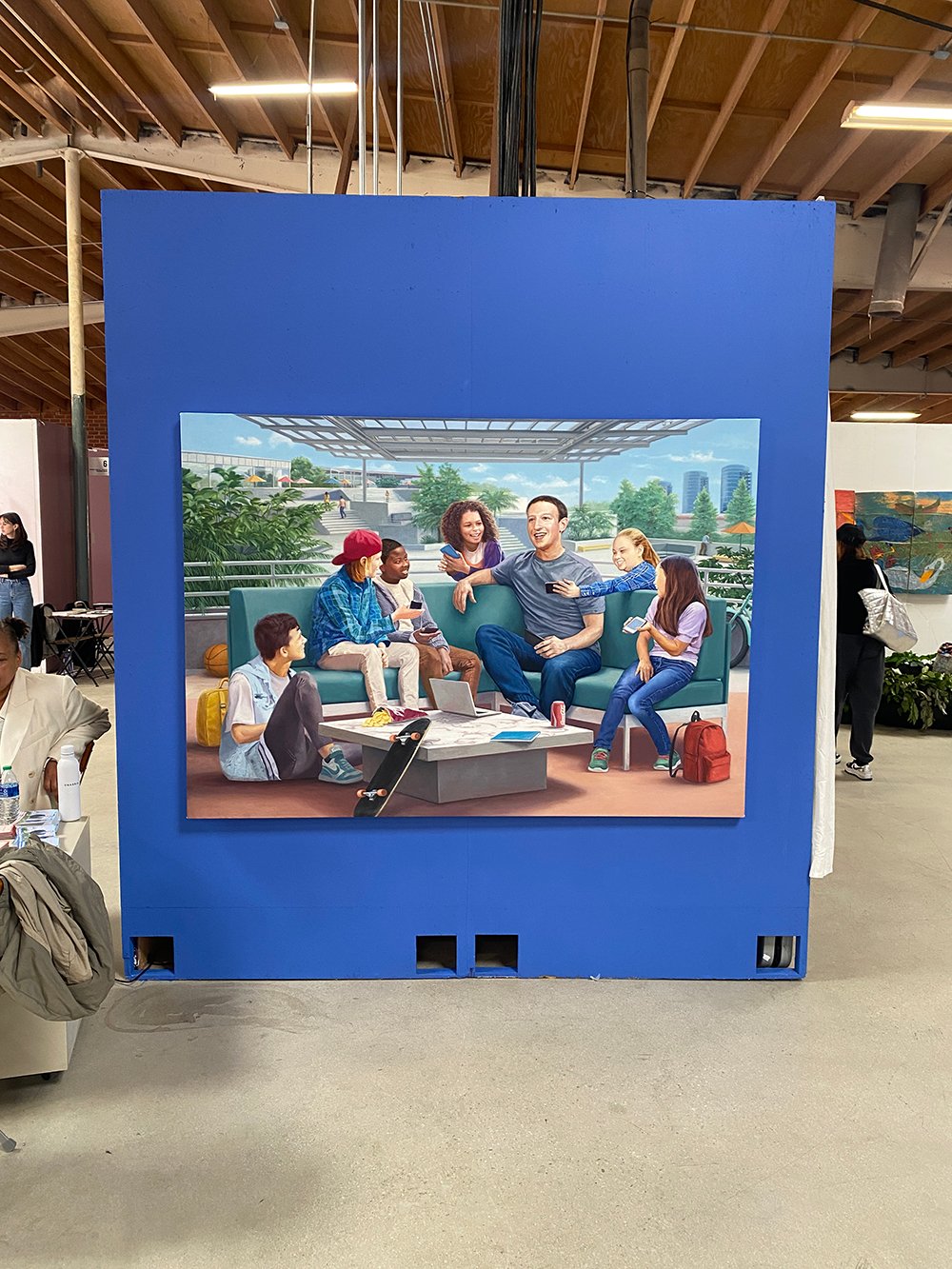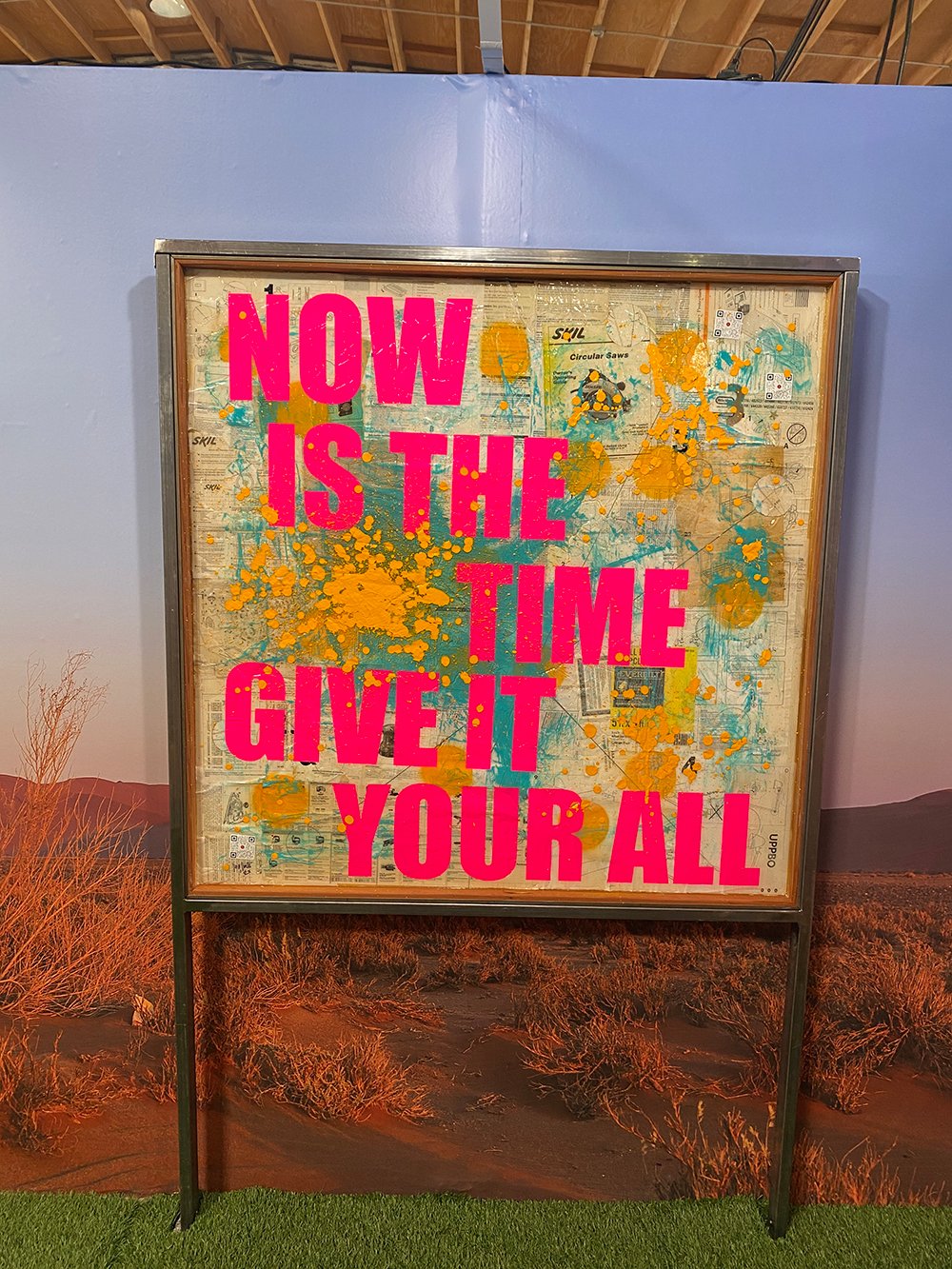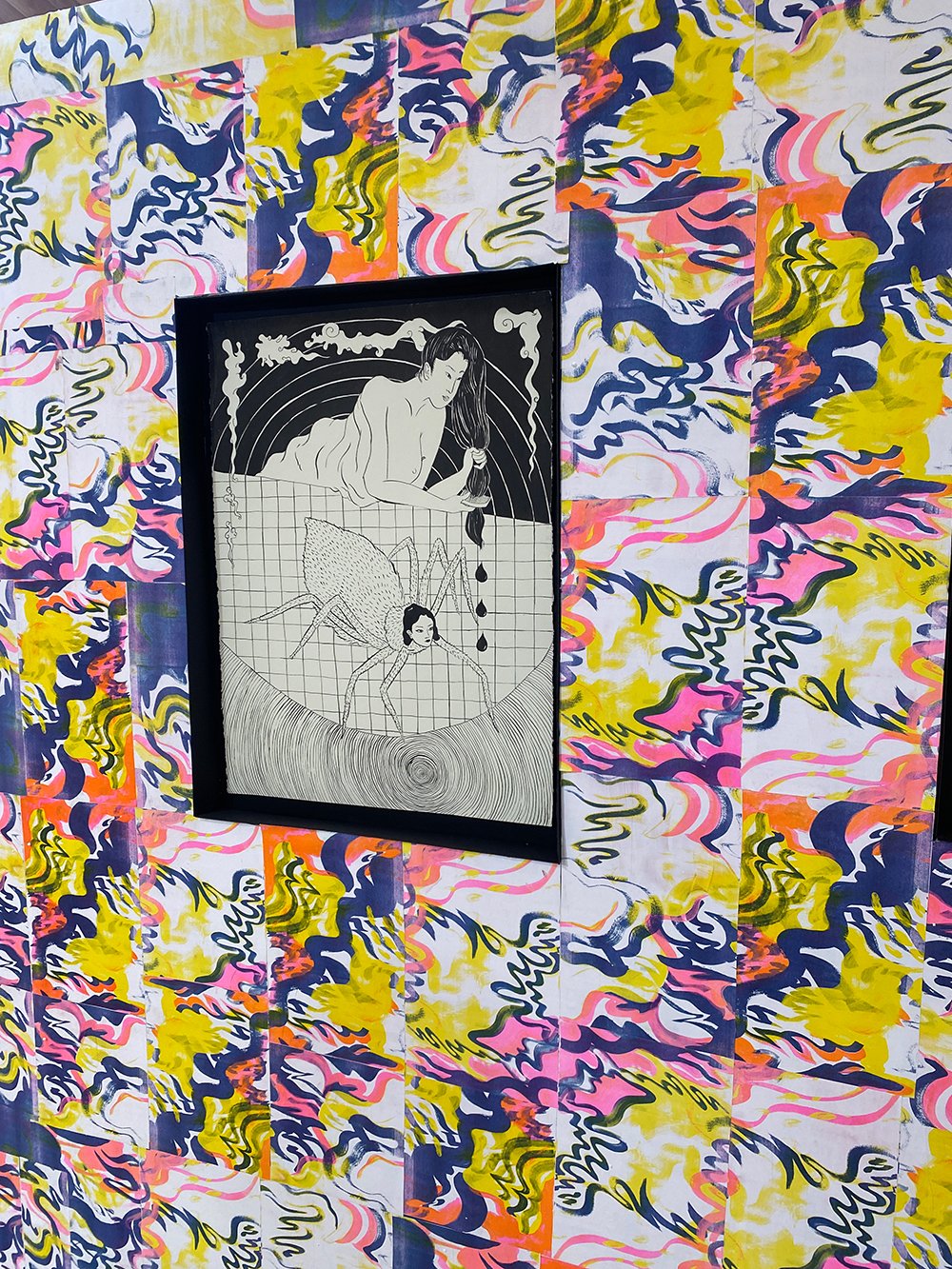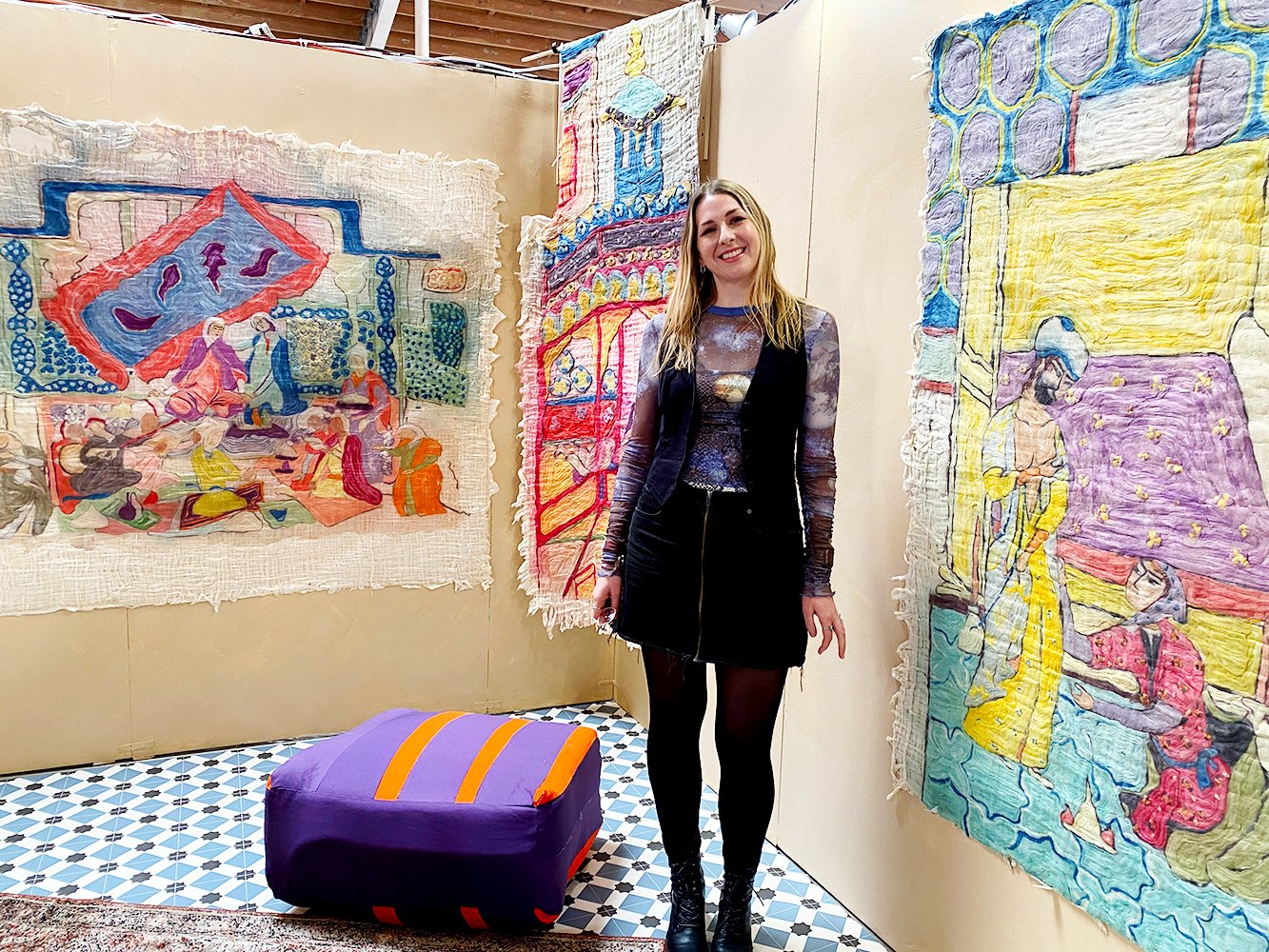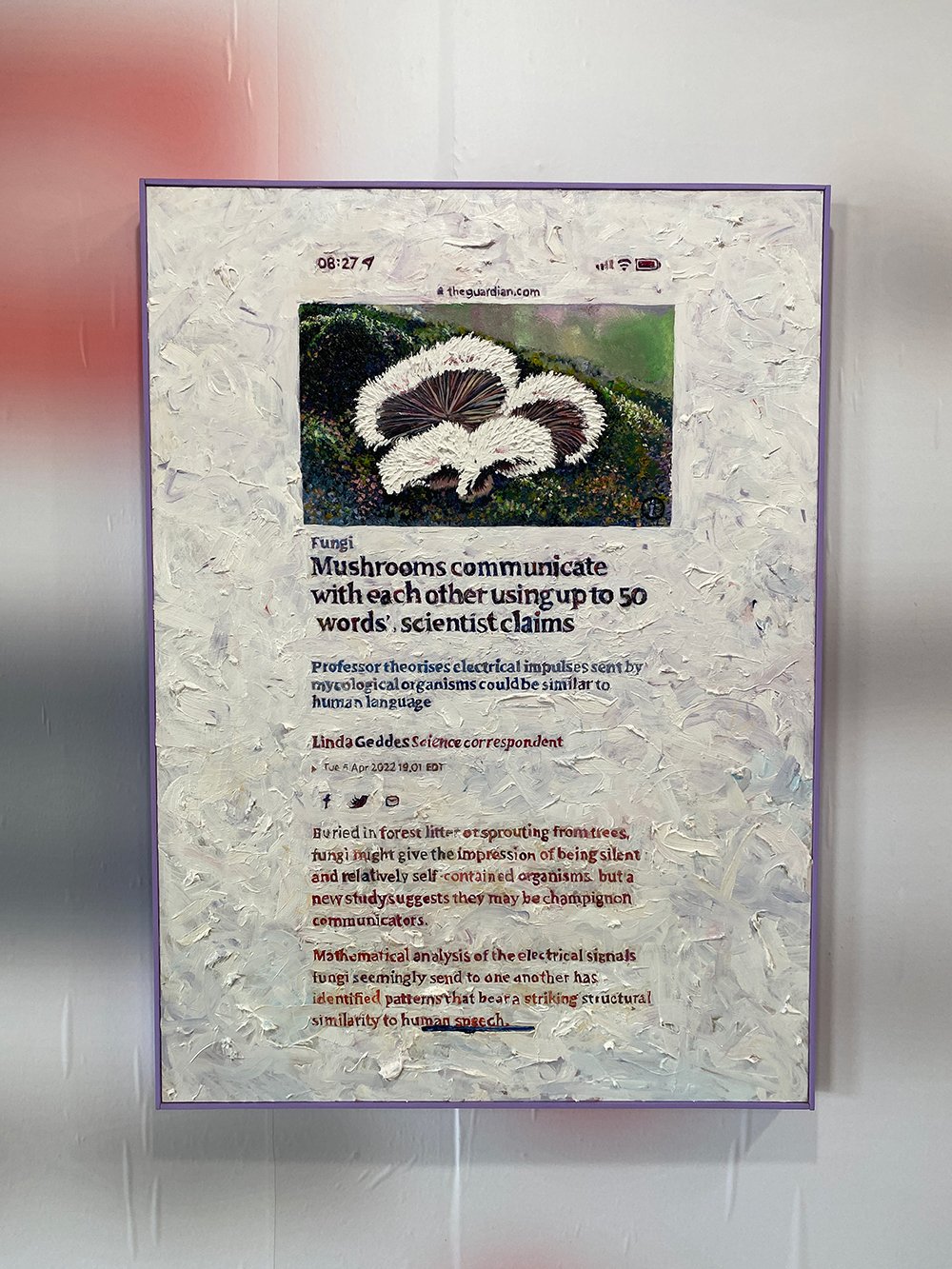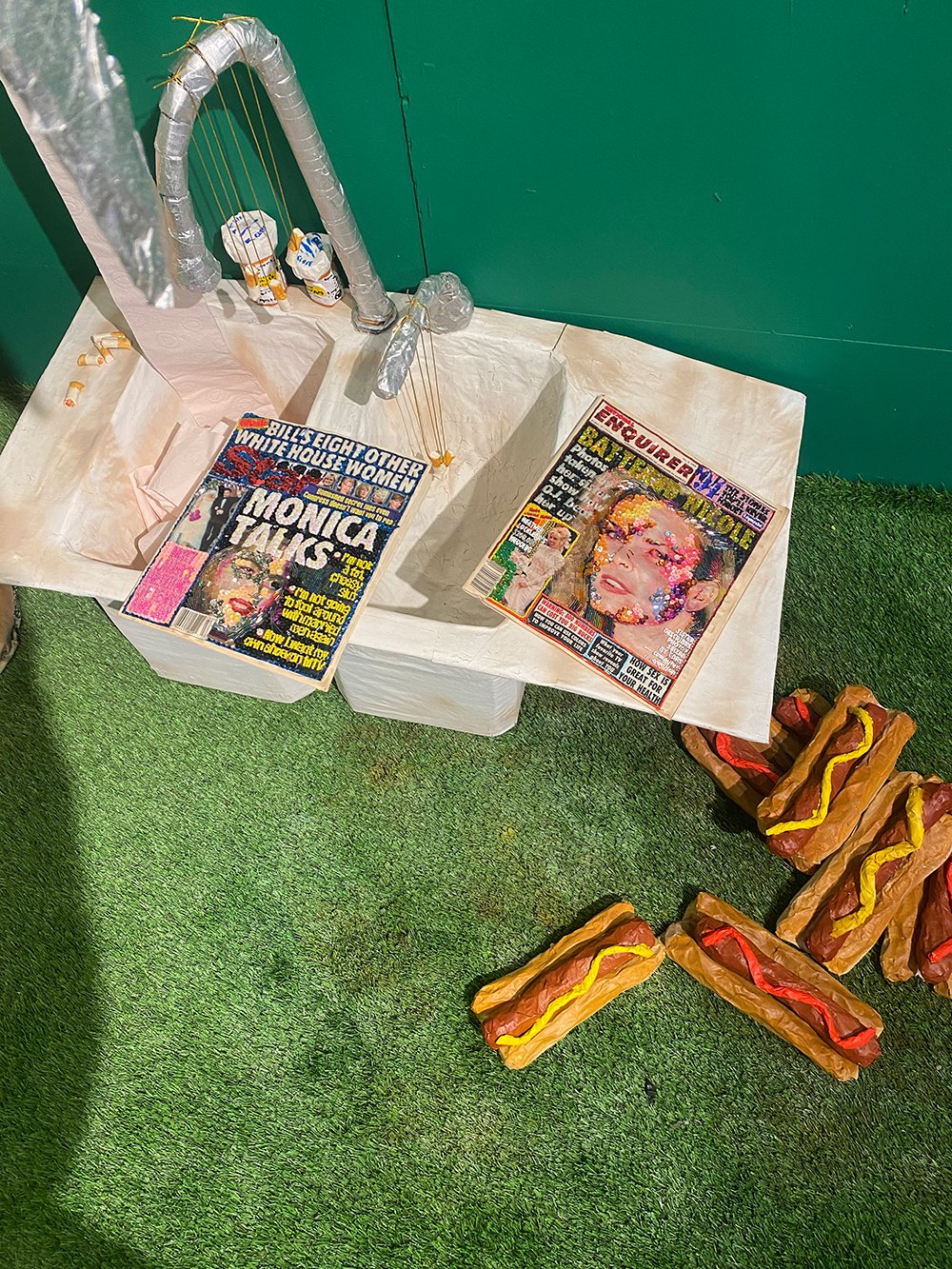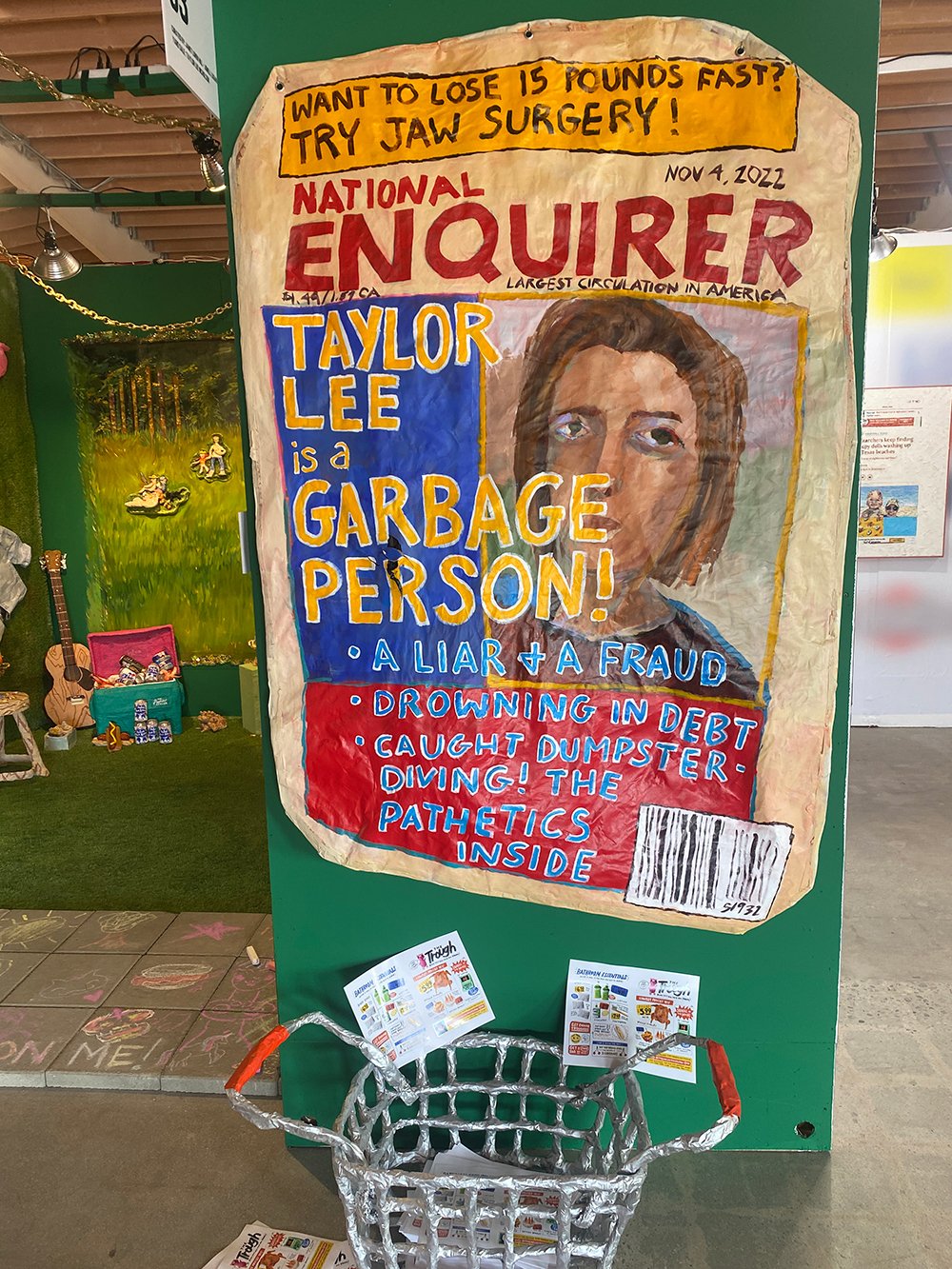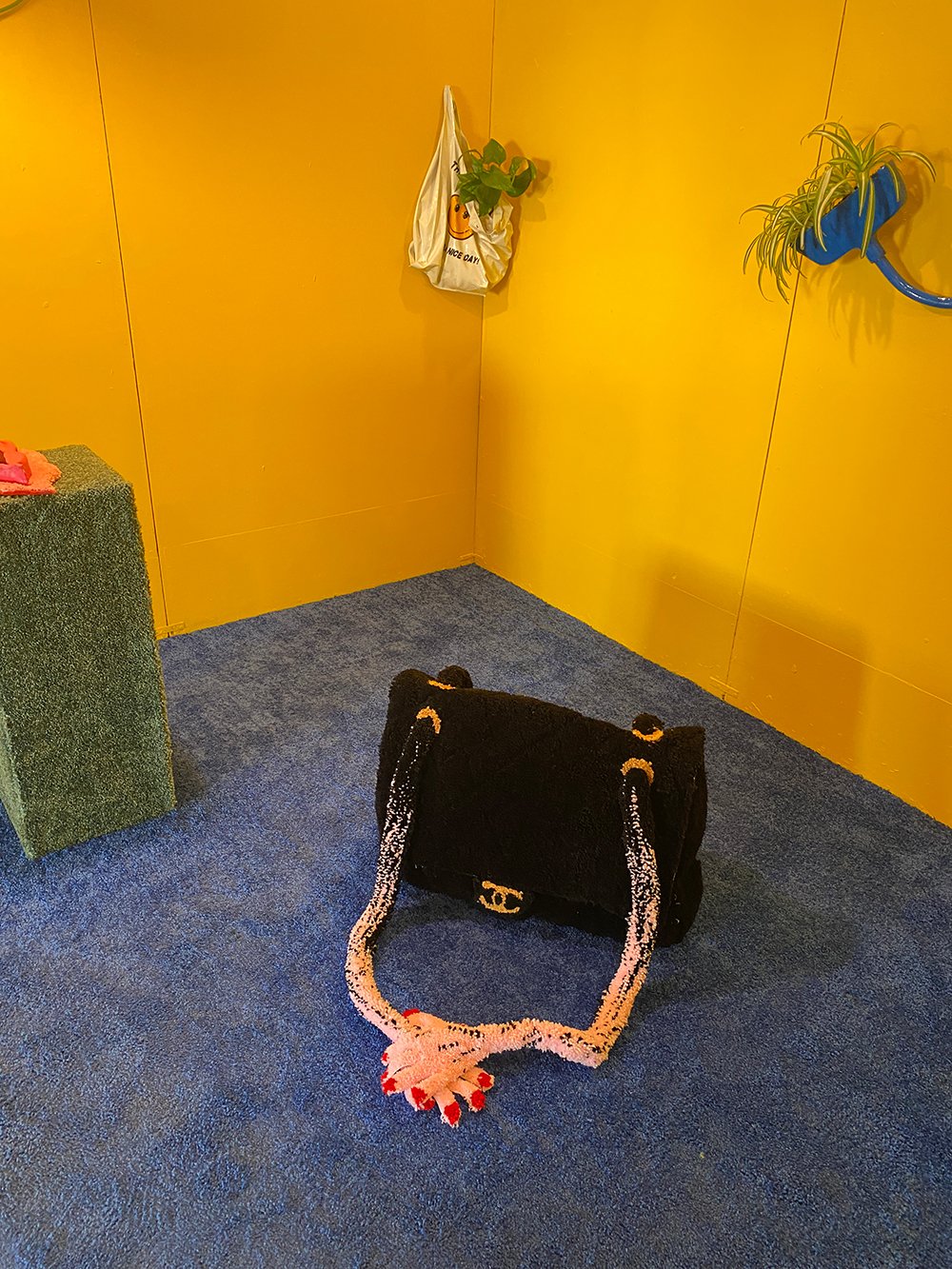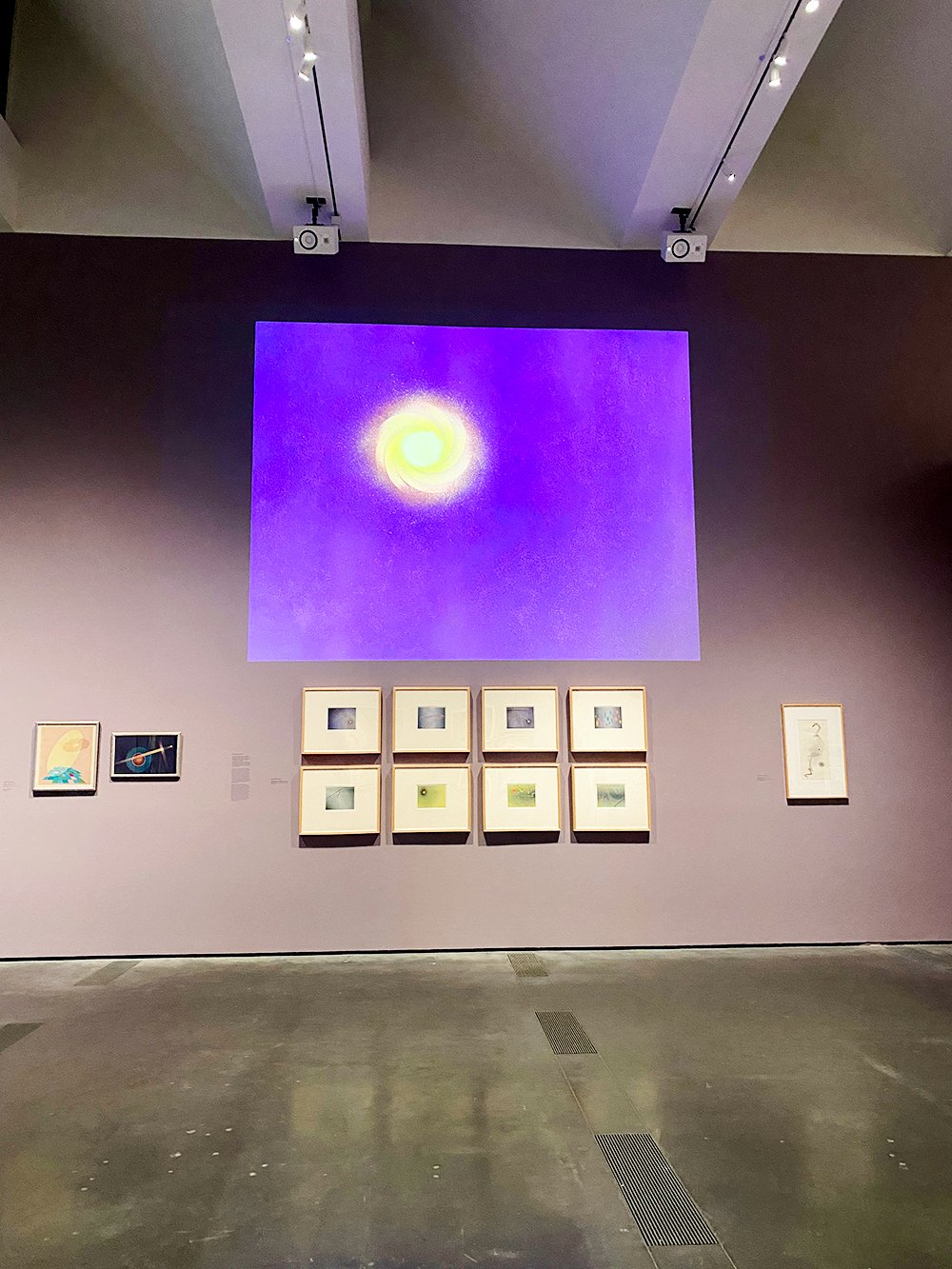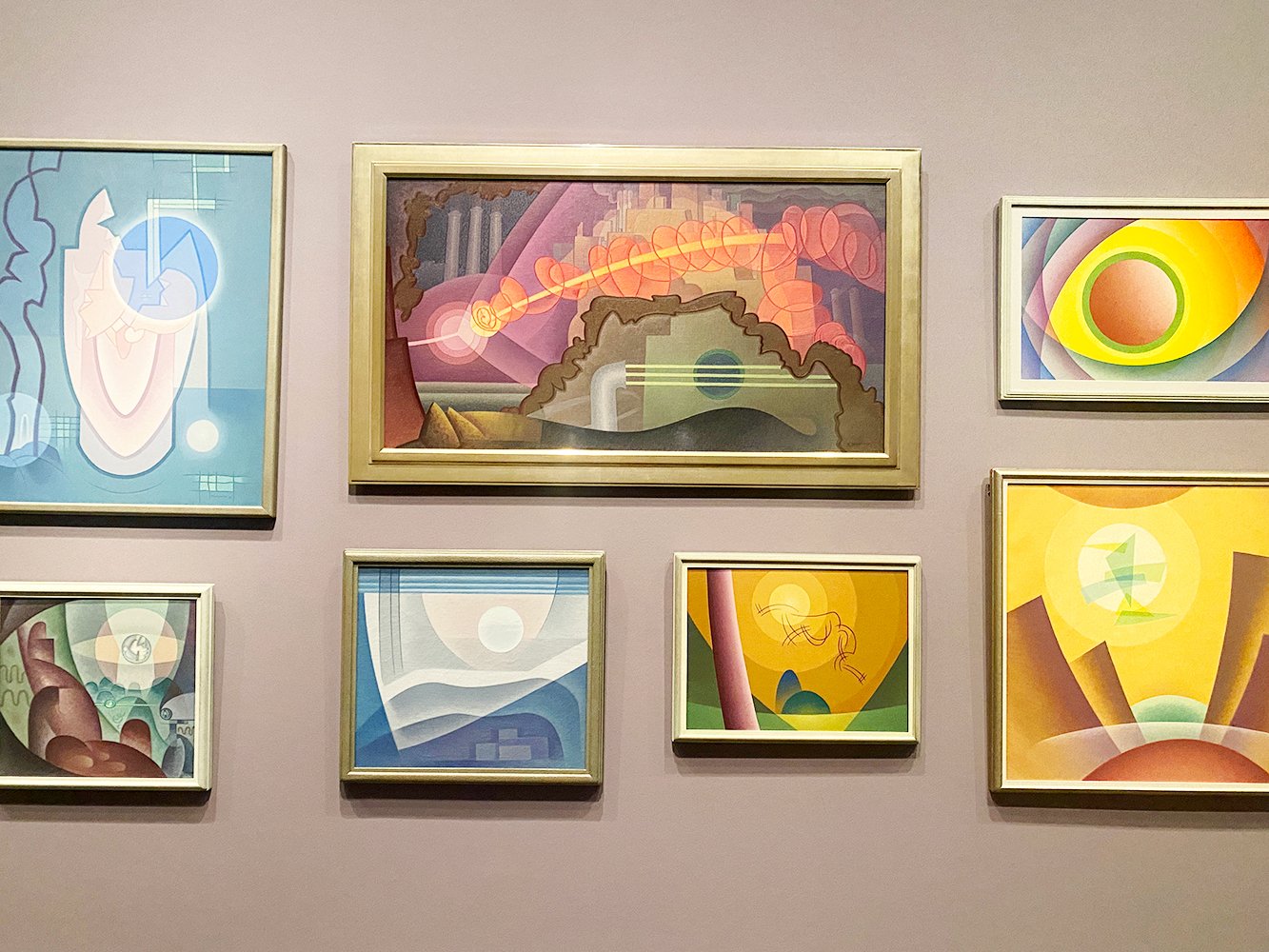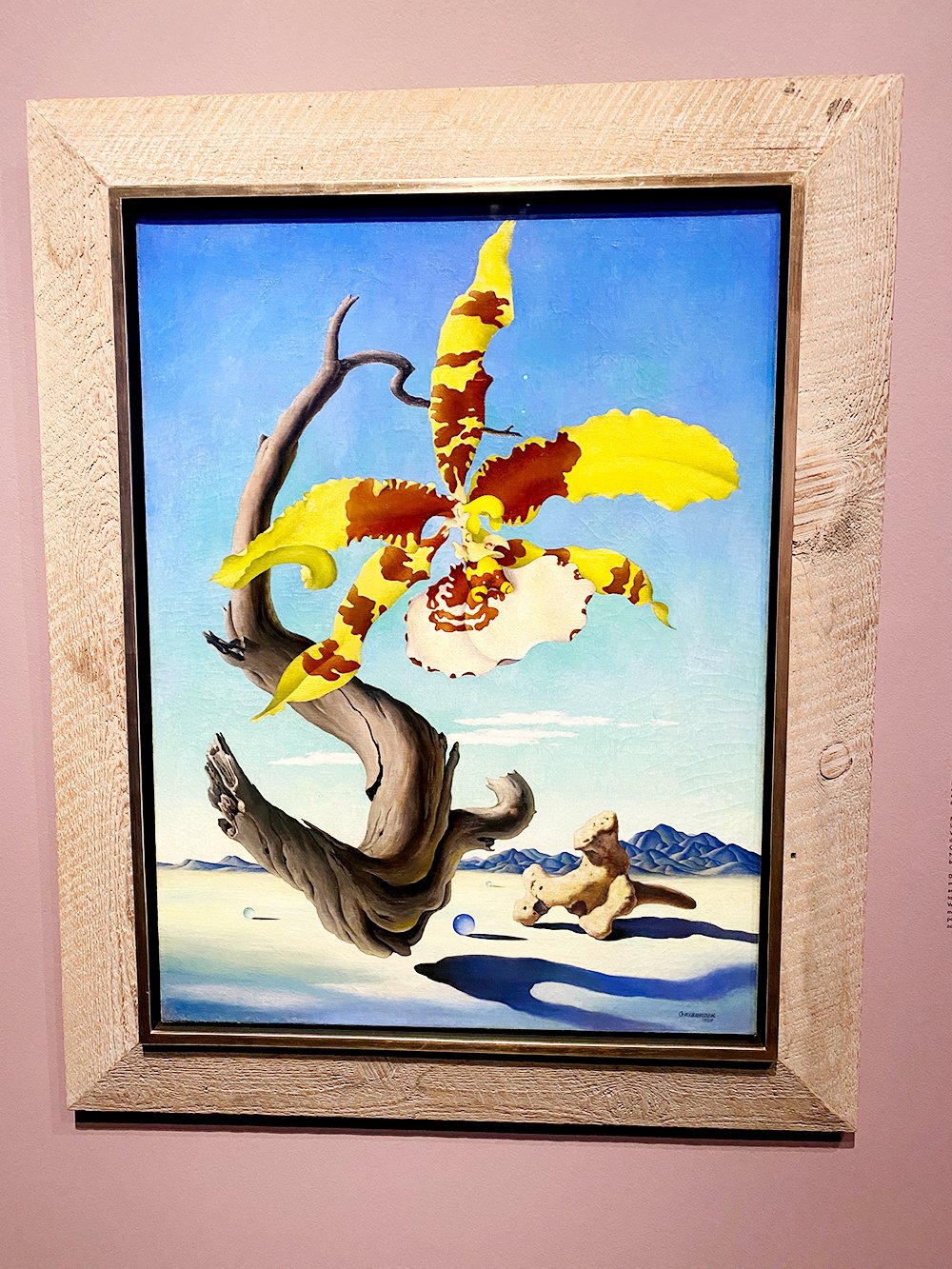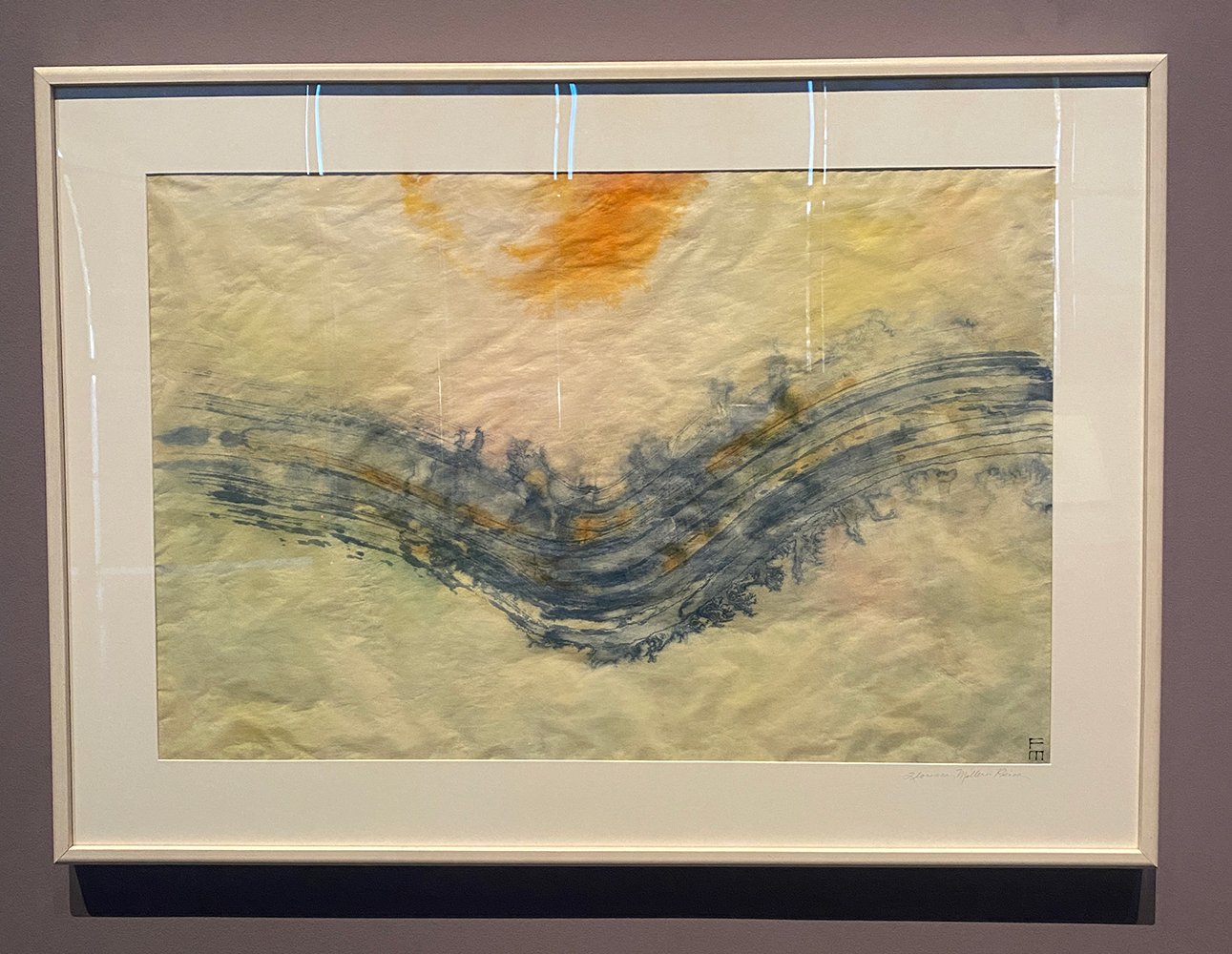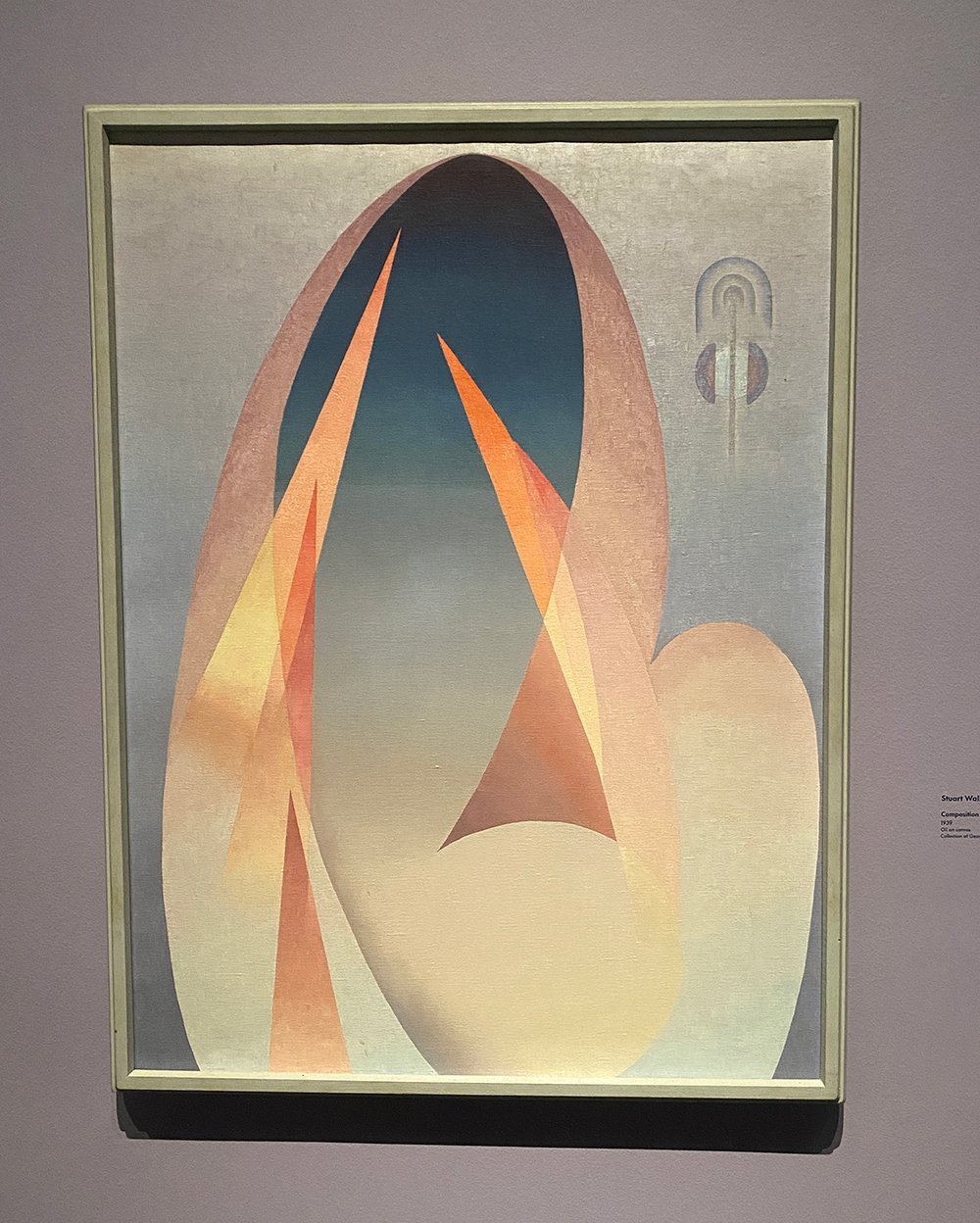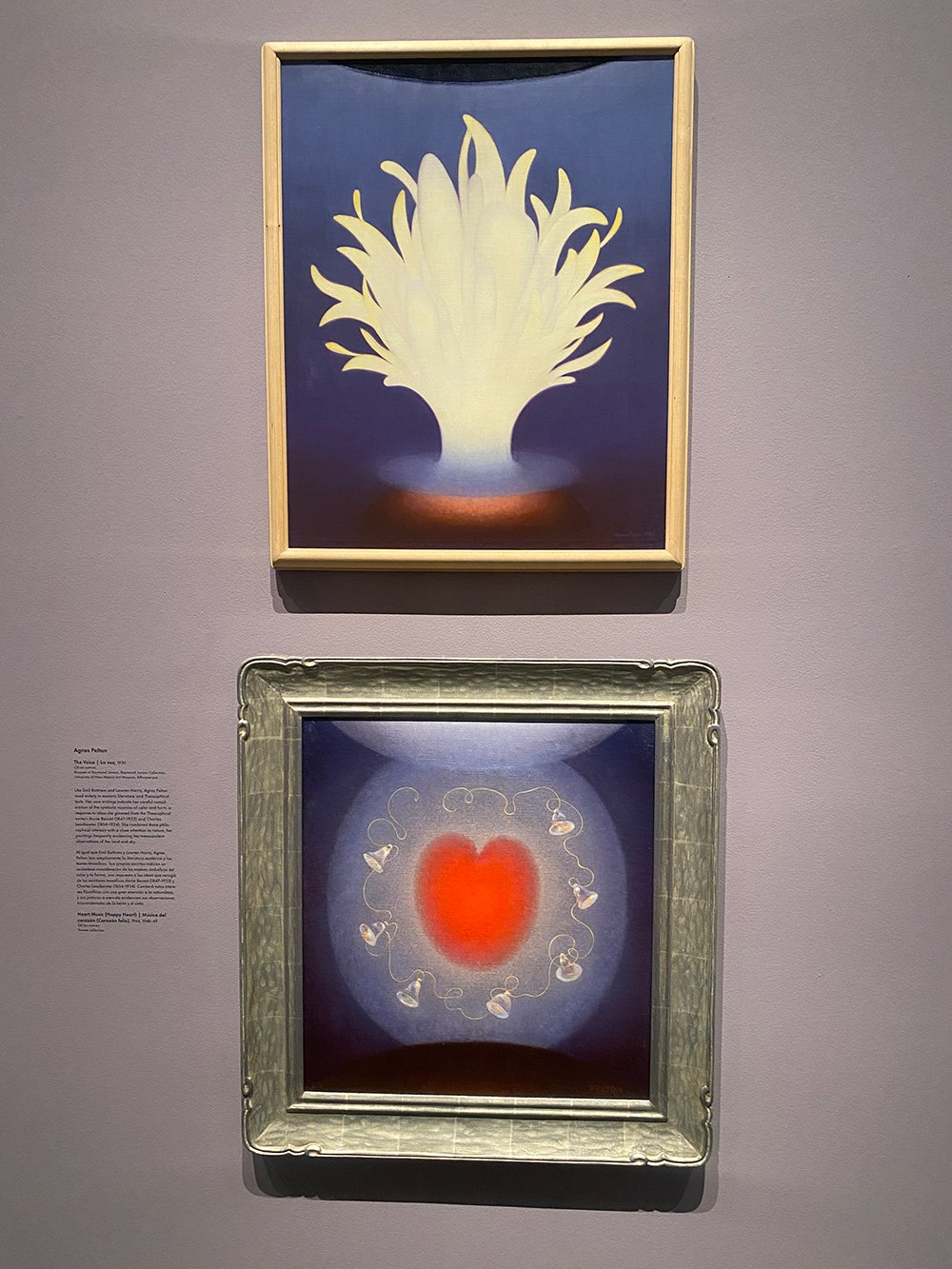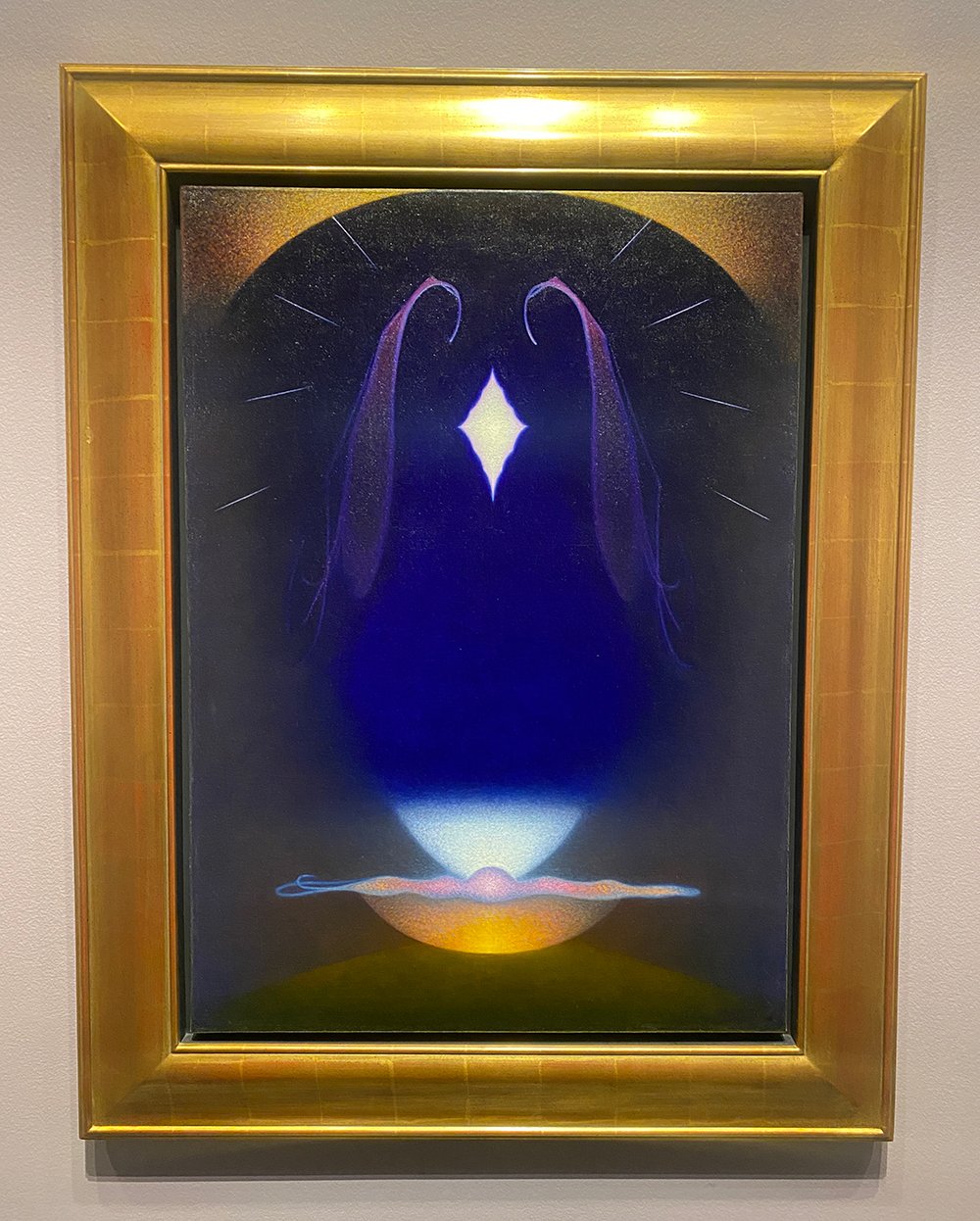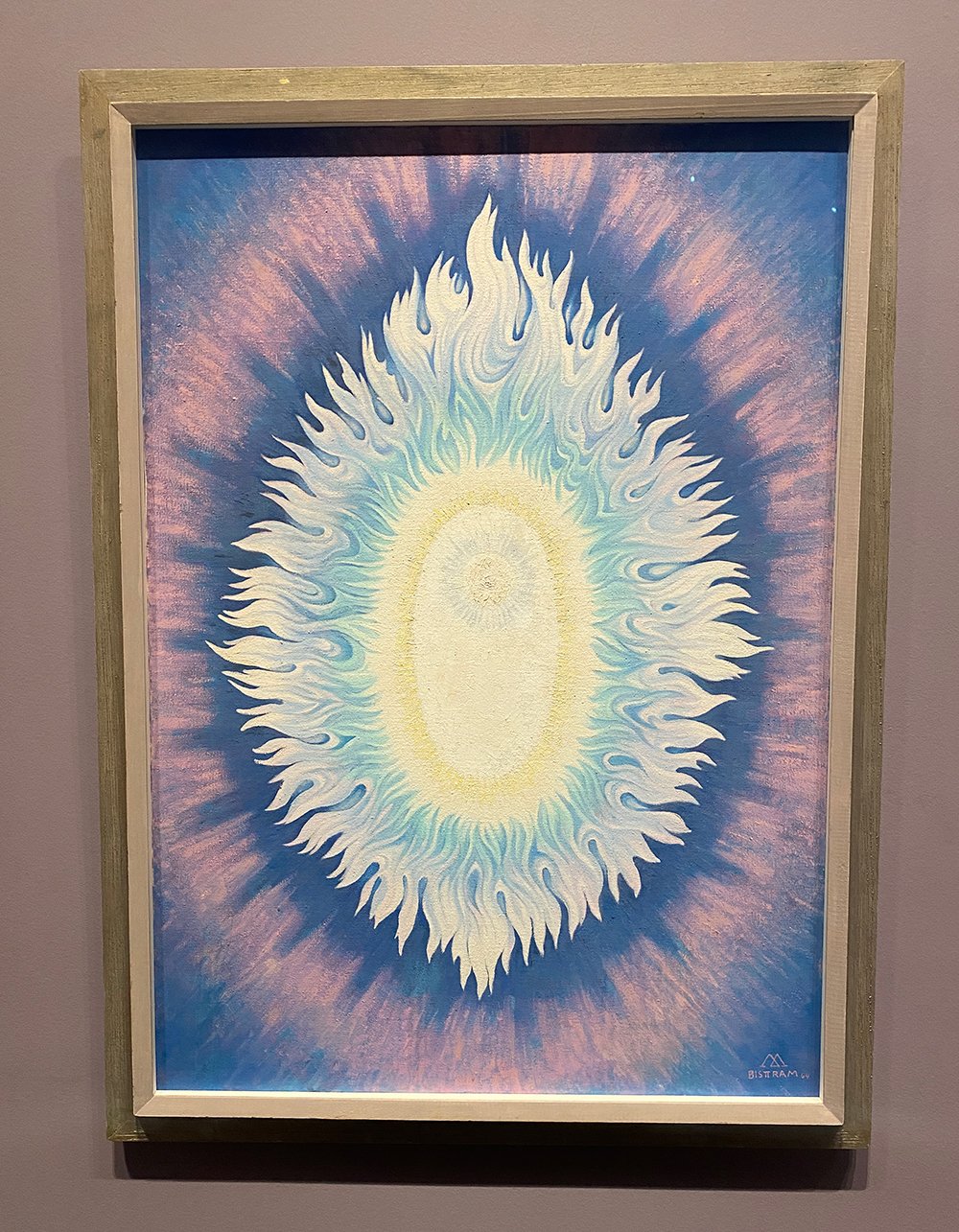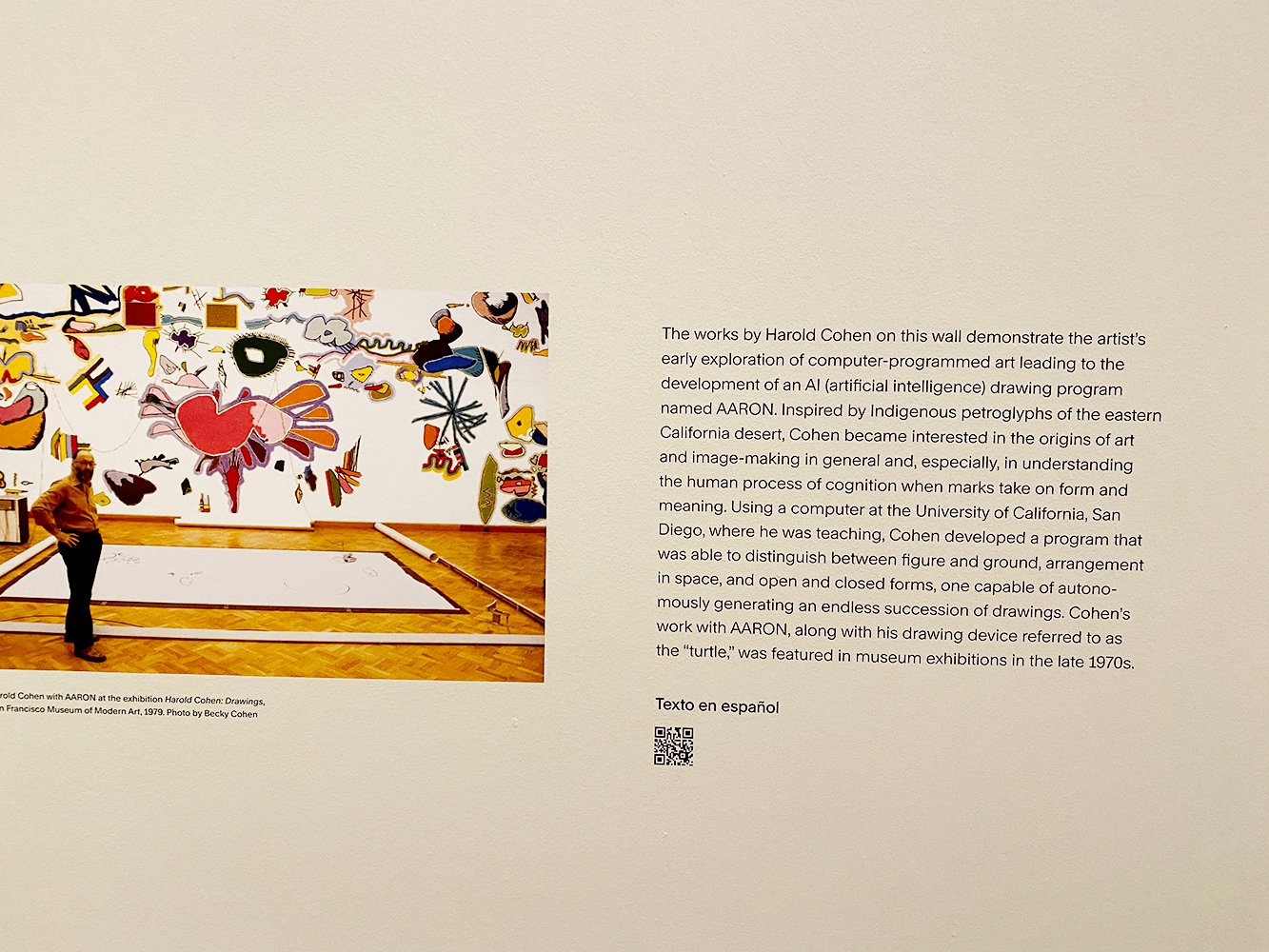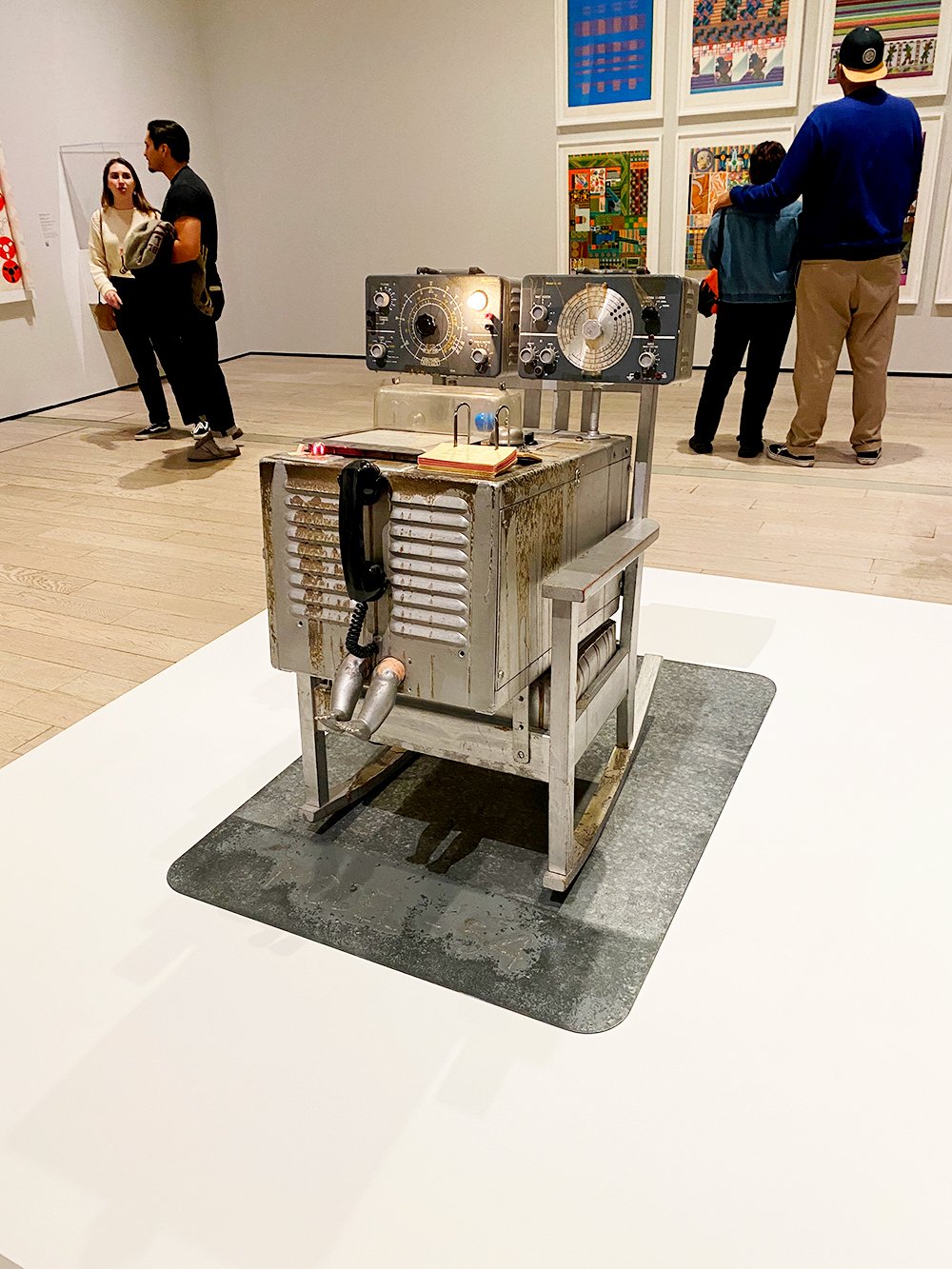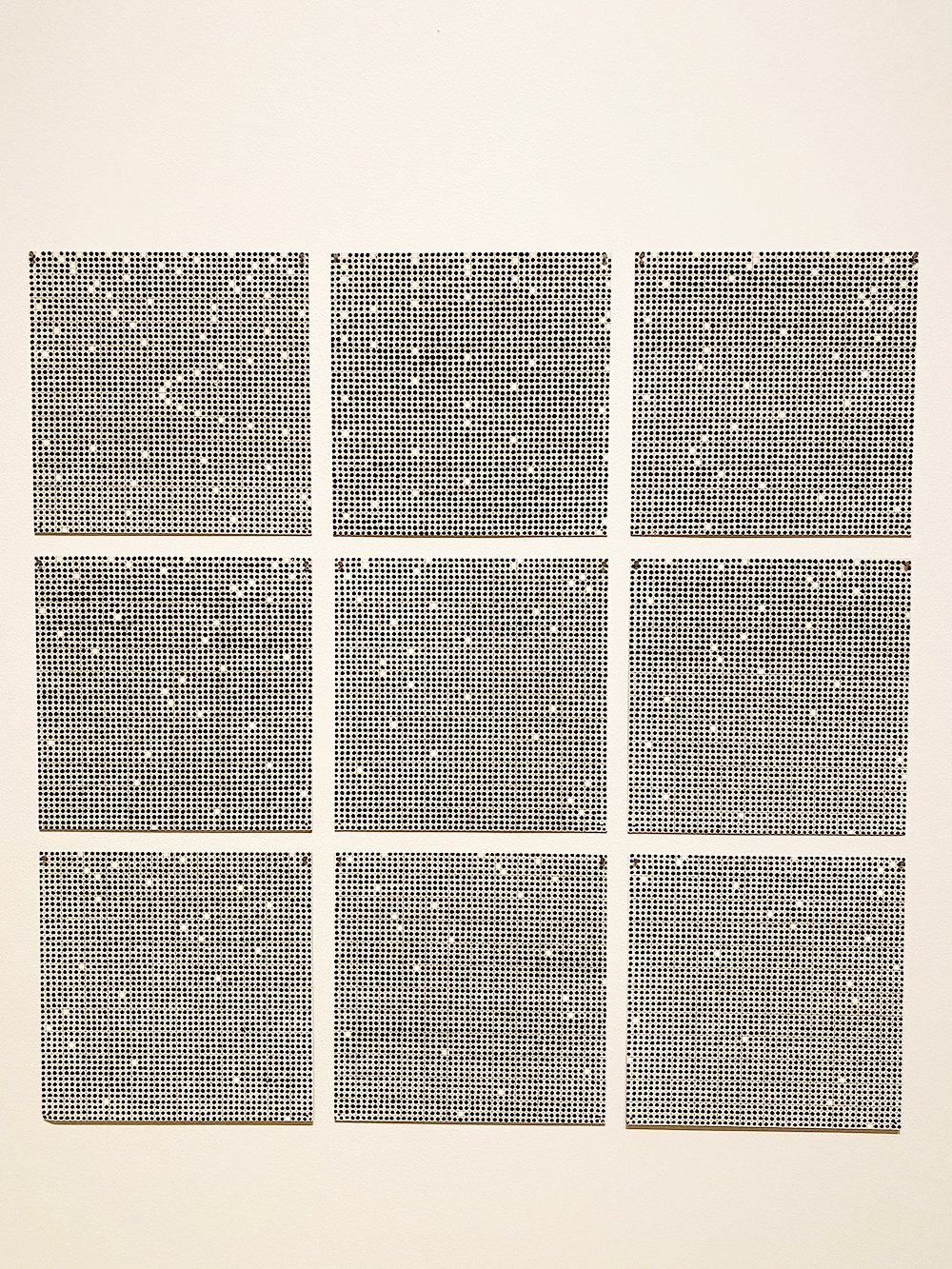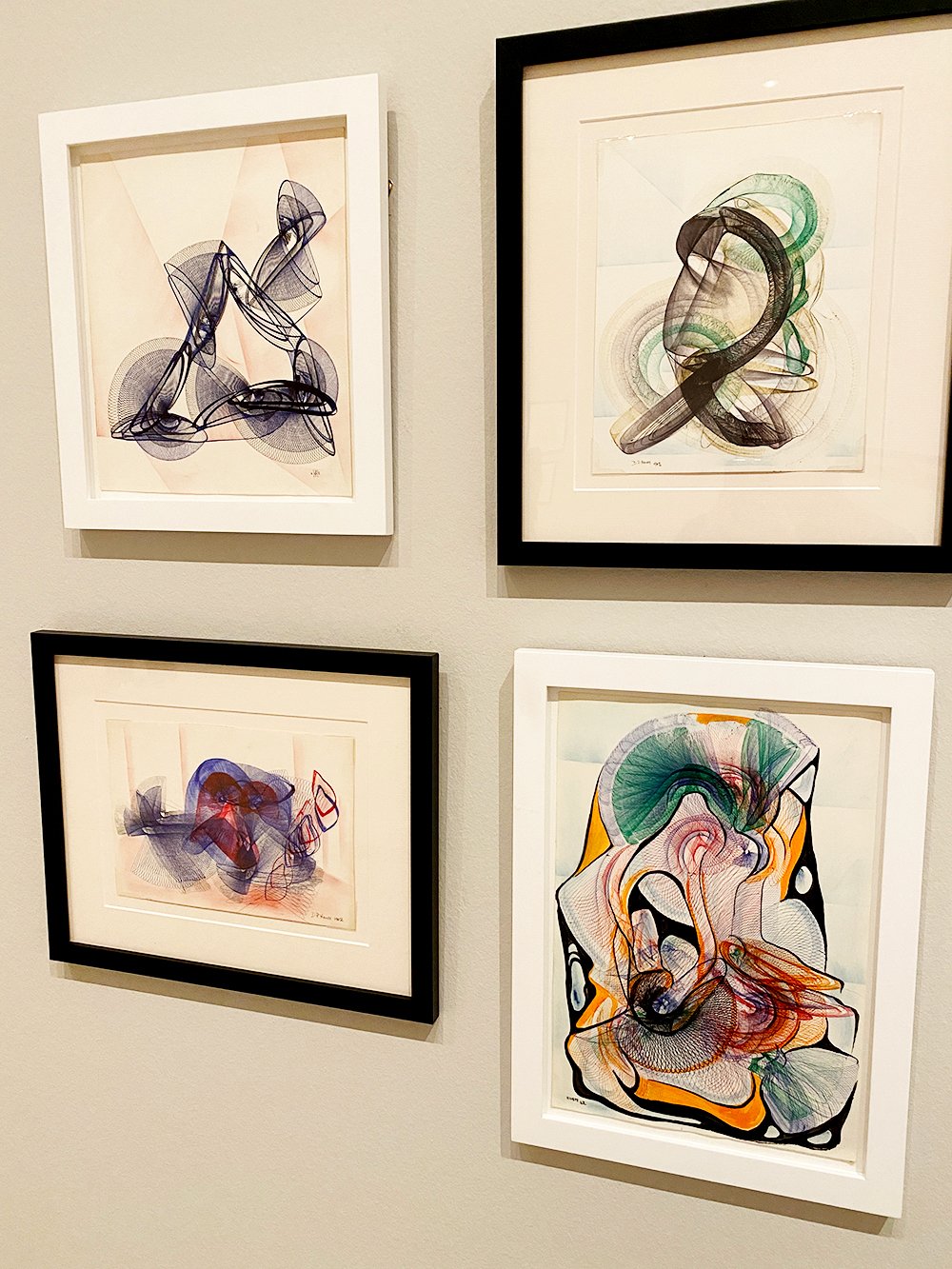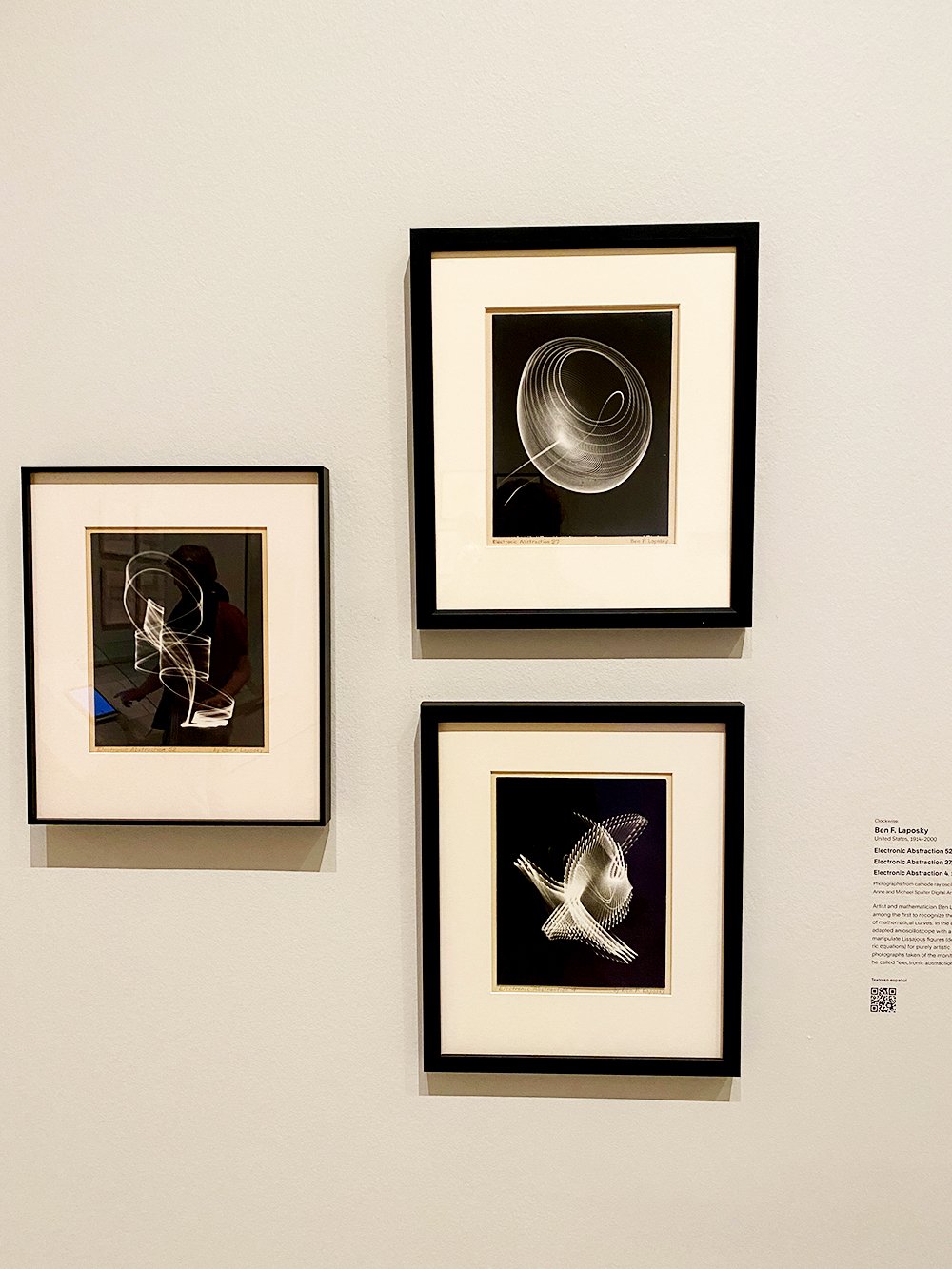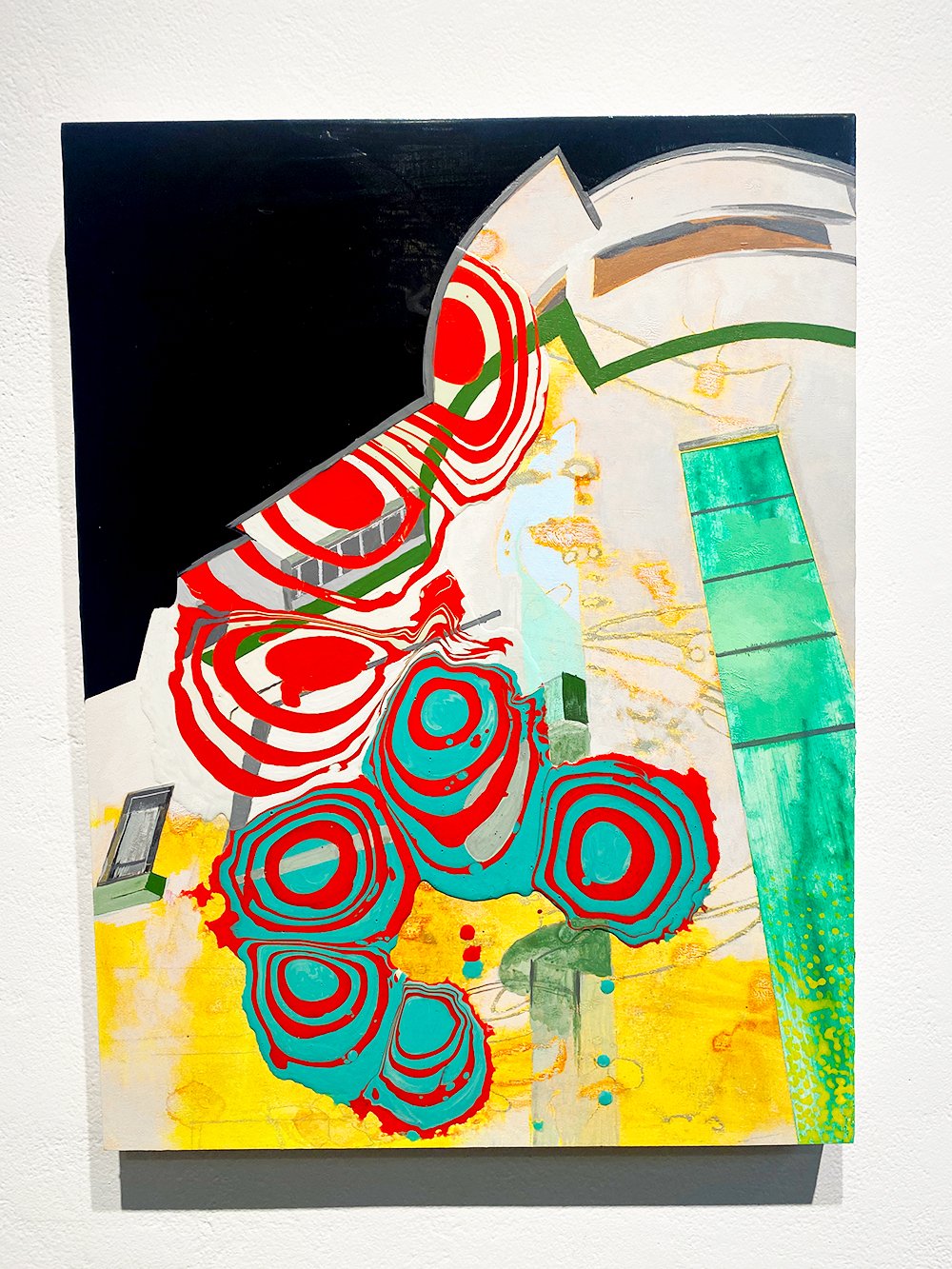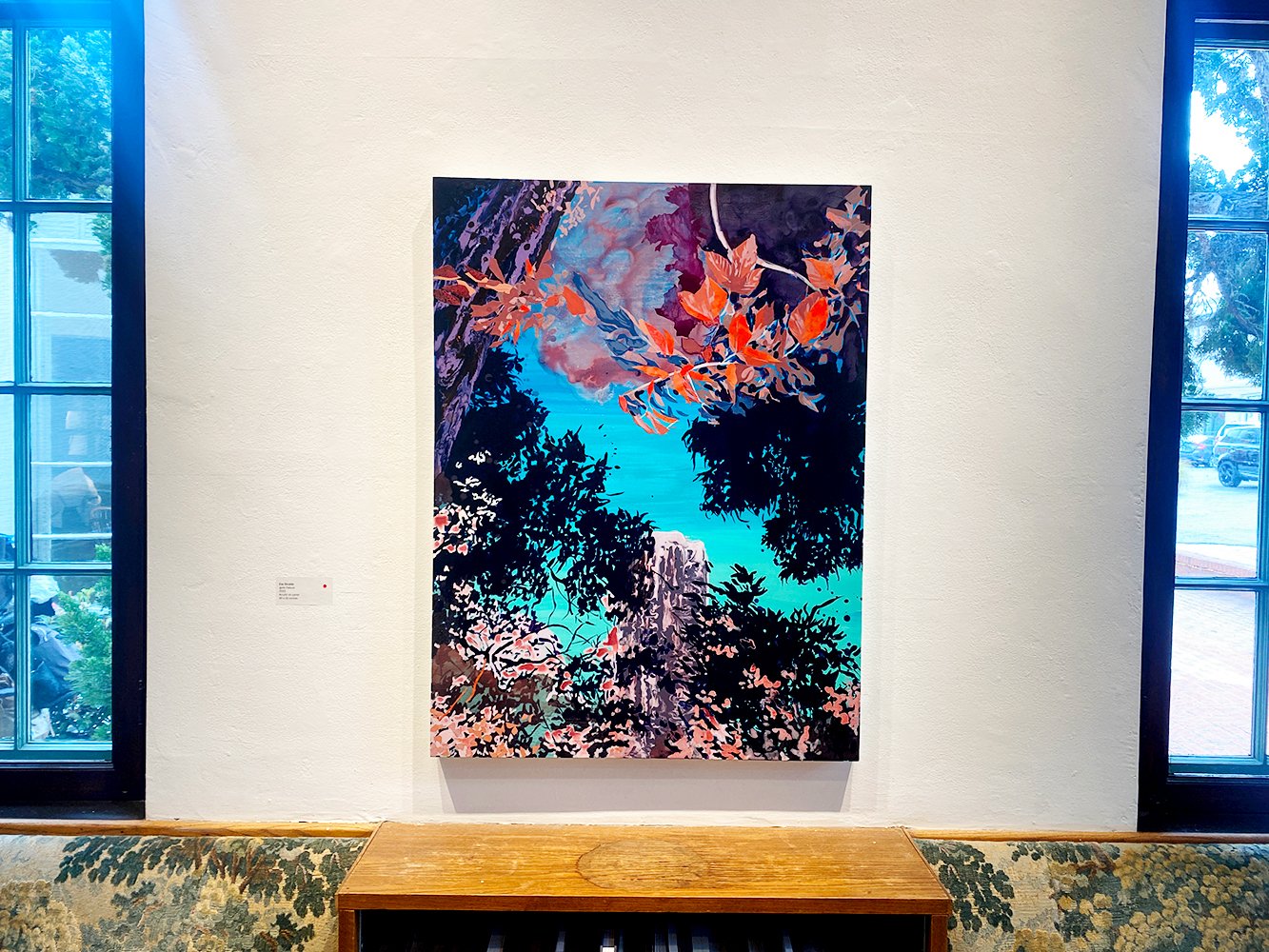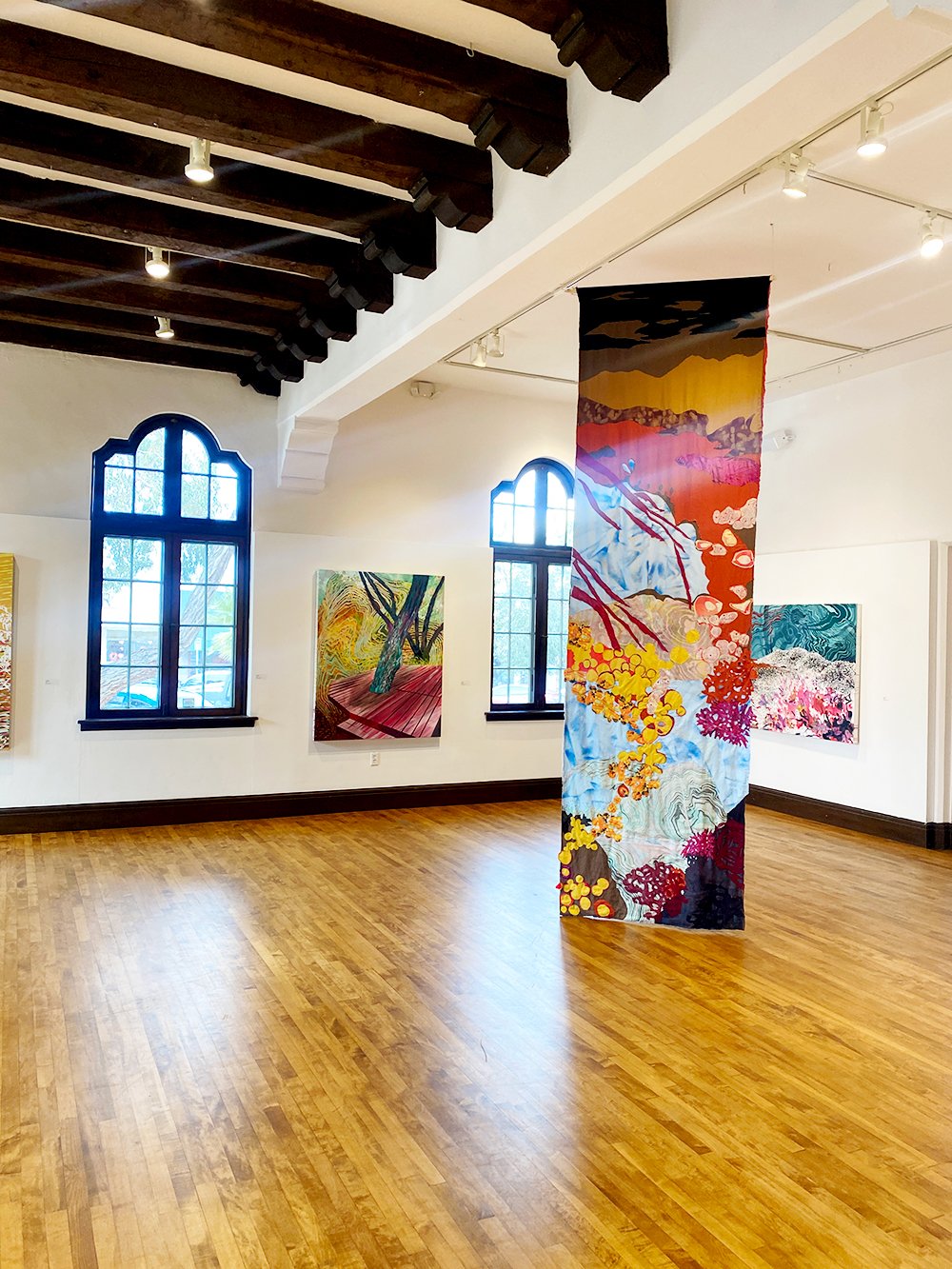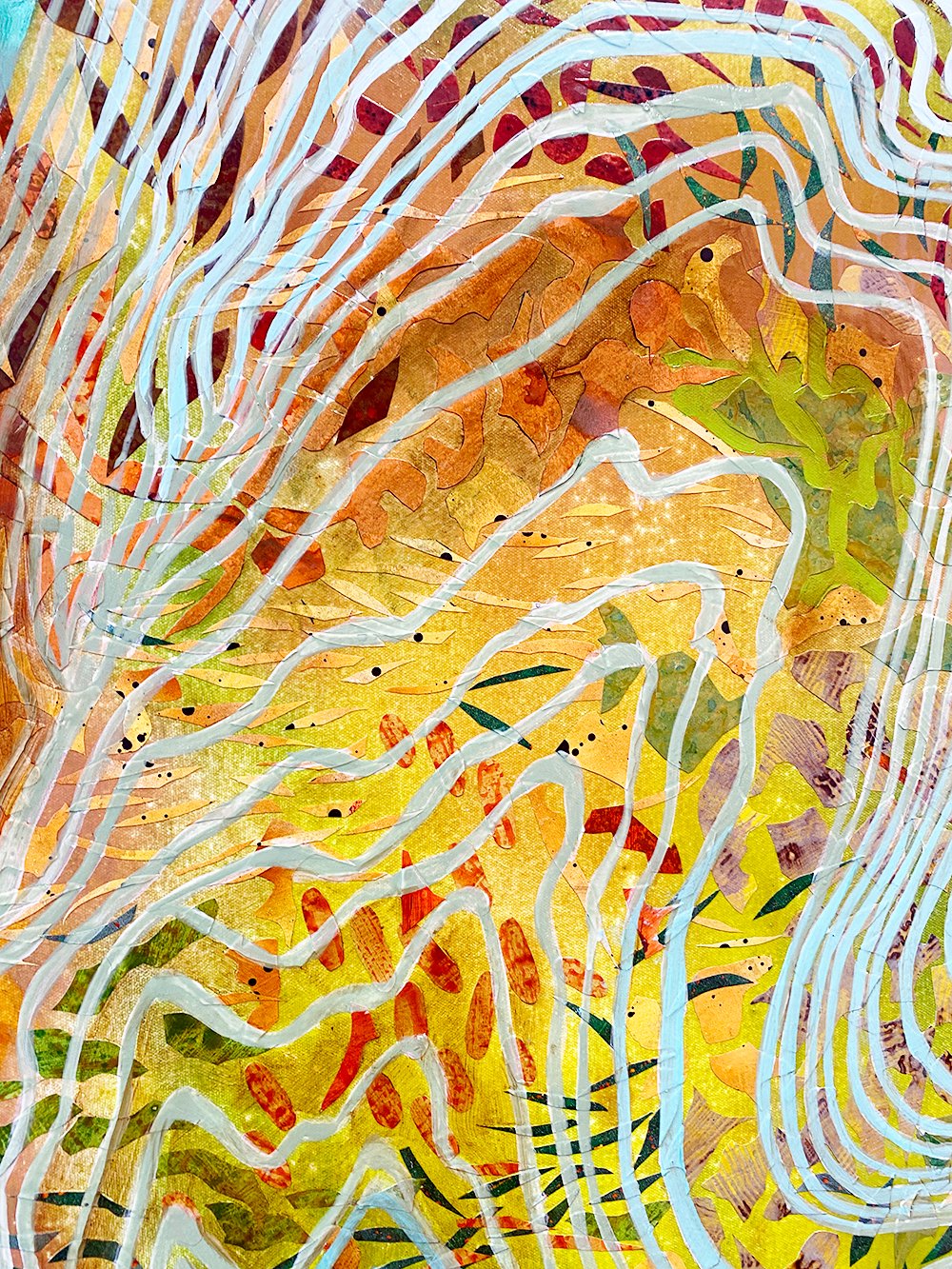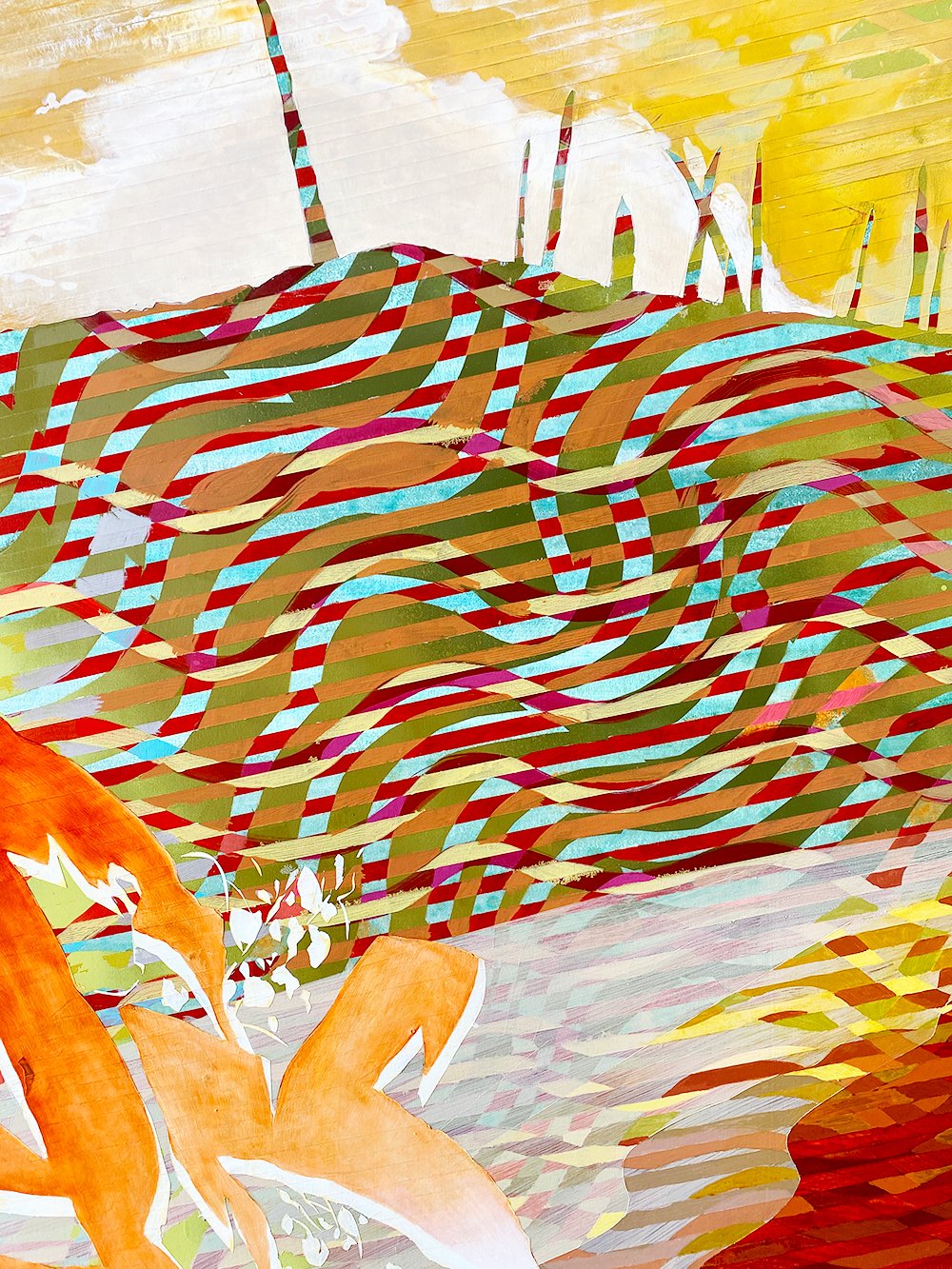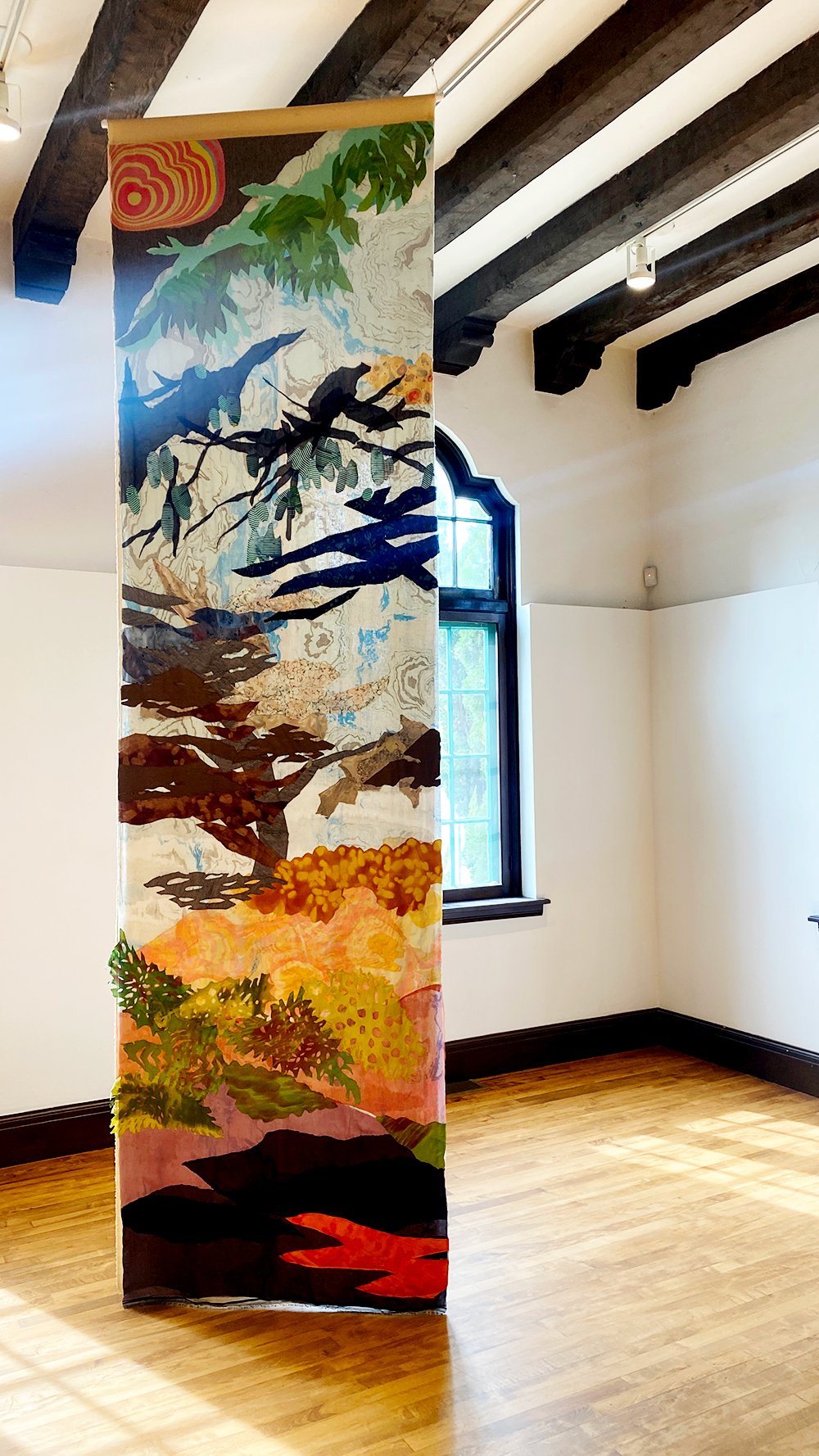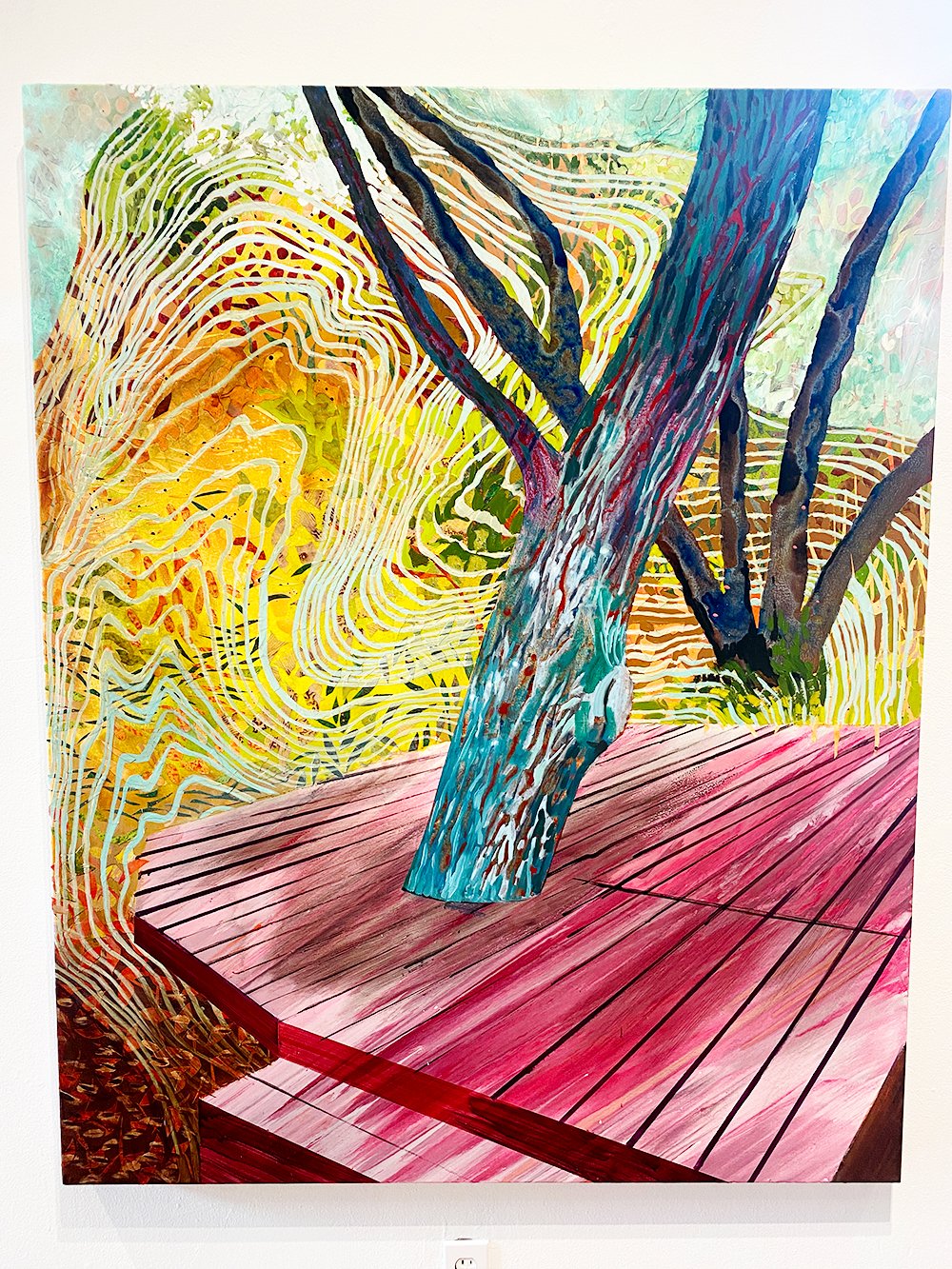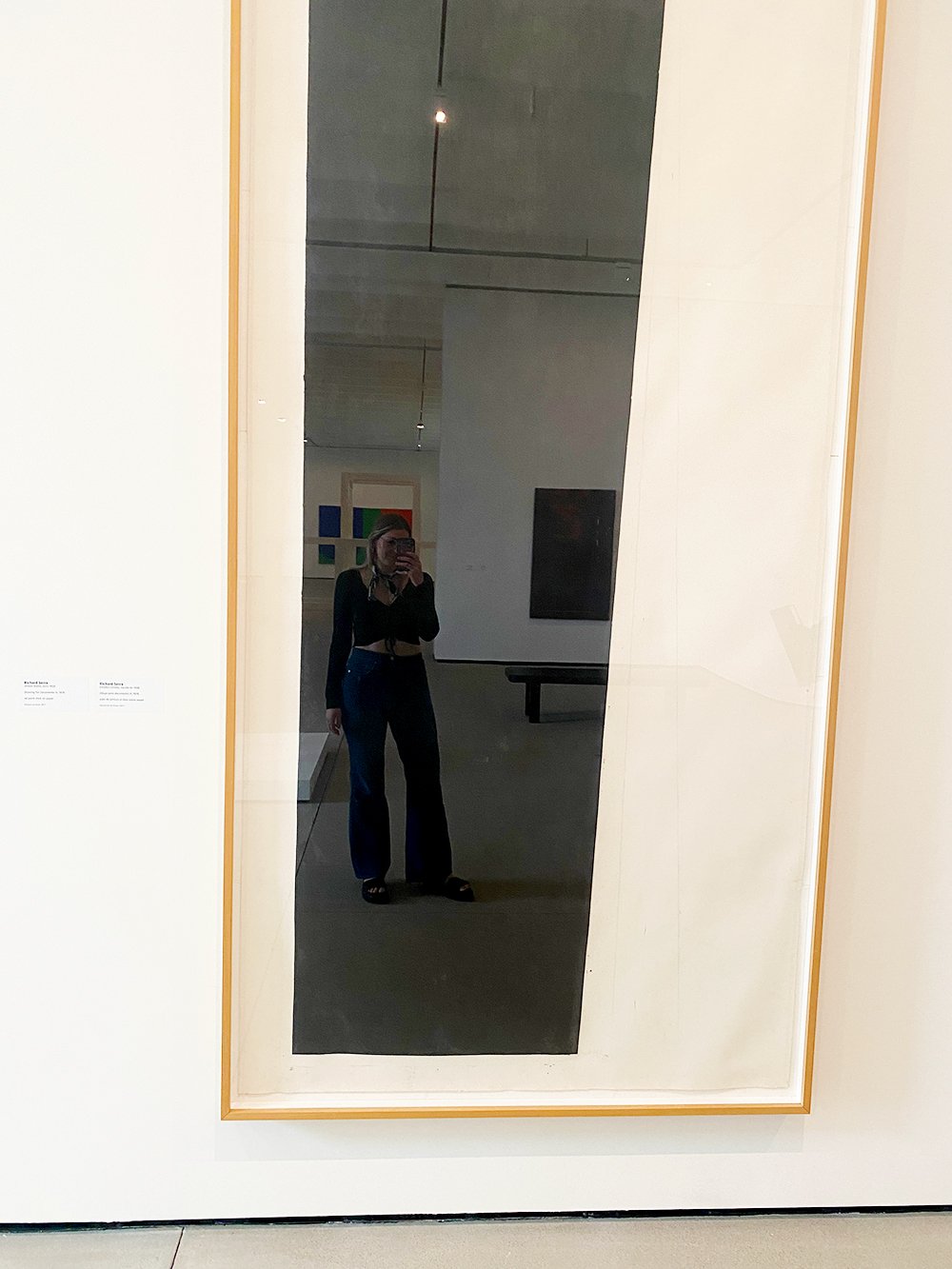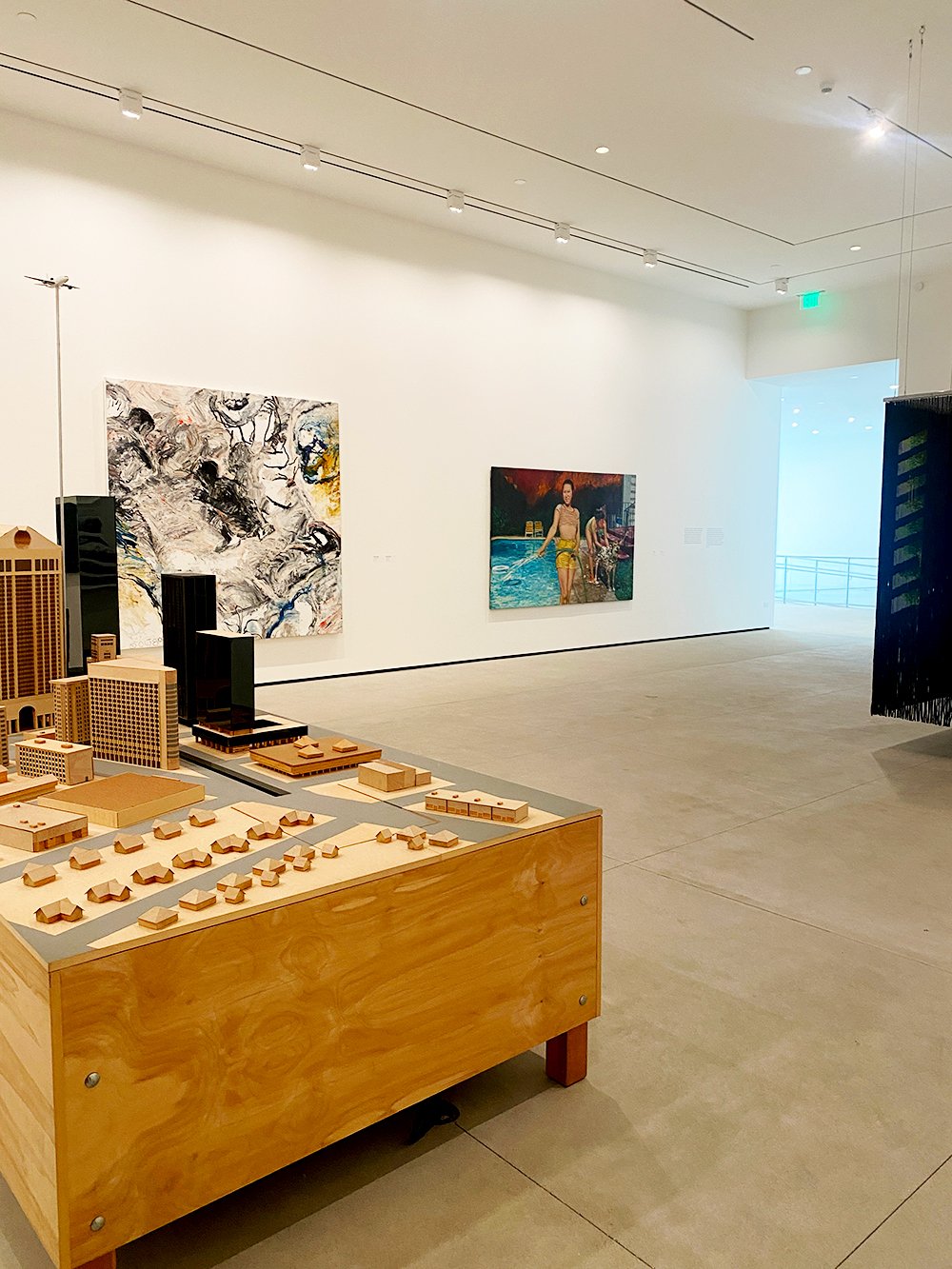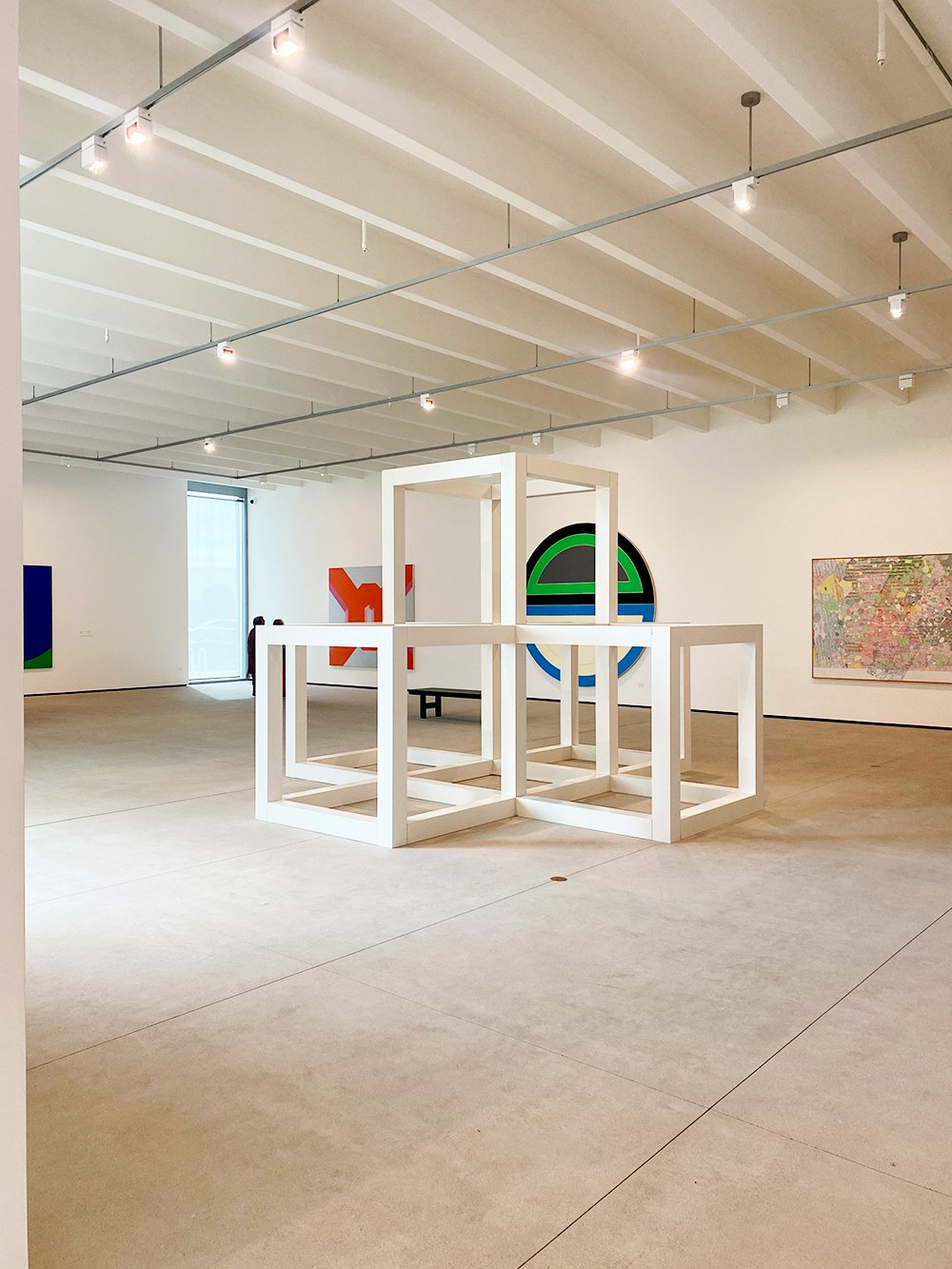Artist’s Date: Exhibition Weekend
It being a holiday weekend, I wanted to take some time off work to explore a few art exhibitions I had been meaning to check out in LA. It had been quite a few years since my last solo LA day and I was excited to get back to the museums and the bustling city.
Stop 1: The Hammer Museum
My first stop was the Hammer Museum in Westwood Village, near UCLA. I’d never been to the Hammer Museum before but had been meaning to check out this Joan Didion exhibition for a while and this was the last weekend to see it. The exhibition itself consisted of three large galleries that loosely chronicled Didion’s life and career, supplementing biographical material with artists whose work and themes complimented that of Didion’s.
When I think about Joan Didion, the first thing that comes to mind is that she hates Jim Morrison, but the second thing that comes to mind is California. California was heavily featured in her writing and in the art that punctuated the exhibition. From her upbringing in a wealthy family with deep roots in Sacramento to moving to LA, her success as a writer and screenwriter, and the cultural cataclysms that defined California throughout the 1960s and beyond. The exhibition featured work by photographers Diane Arbus, Henry Wessel, and Garry Winogrand. I especially loved some poignant street-scene watercolors by Robert Bechtle that perfectly captured that suburban California sunshine. Memorabilia from her and Robert Dunne’s films like A Star is Born and Panic in Needle Park was exhibited alongside more hard-hitting pieces she wrote about The Black Panthers and political shifts of the 1970s. I really liked the collages by Penny Slinger and a series of works by Betye Saar. Kenneth Anger’s Invocation of My Demon Brother, a short film with sound by Mick Jagger was playing alongside news footage of the Patty Hearst SLA robbery and Angela Davis’ kidnapping/murder trial. I felt these two films encapsulated Didion’s career in the 1970s, covering pop culture and politics. One cannot discuss Didion without discussing her powerful book The Year of Magical Thinking which chronicles her grief in the wake of losing her husband and daughter to illness. I found that the feeling of this part of her career was represented profoundly by Ana Mendieta’s Untitled: Silueta Series in which a human-shaped depression in the sand on a beach is seen being changed and filled in by seawater.
After the Didion exhibit, I wandered around to a couple of the other galleries. The Hammer Museum is pretty large and I was being choosy about what I wanted to see. One that I particularly enjoyed was Cruel Youth Diary: Chinese Photography and Video from the Haudenschild Collection. The exhibition featured photographs, installations, and video art from contemporary Chinese artists focusing on the sometimes confusing cultural clashes that arise from being a modern-day Chinese citizen. A few of my favorites were Chen Shaoxiong who created collaged recreations of street views with globalized symbols. I also loved the photoset by Yang Fudong, The First Intellectual 1-3, which featured The Intellectual archetype as a semi-tragic figure, violently suppressed by the Cultural Revolution, disillusioned after the events at Tiananmen Square, and out of step with the consumerist boom of the Reform Period. Another powerful piece was Yang Zhenzhong’s I Will Die which was a video piece comprised of different clips of people reciting “I will die.” Some people are very somber while others are more humorous, capturing their subconscious attitude toward our big universal mystery.
Stop 2: SPRING/BREAK LA
My second stop was SPRING/BREAK LA, a curated art fair featuring the work of many contemporary artists, who each had their own “mini-gallery” set up. My friend and colleague Yasmine Kasem had a booth and I wanted to support her as well as check out some of the other art. The overall vibe of the exhibition was colorful, pop-cultury, and a bit absurd. A lot of the work was made with unconventional materials and played with sculptural elements. Many of the artists were working with autobiographical themes like memory, family, where they grew up, their religions, and their identities. I had fun talking to many of the artists and curators about the work and getting to know many new contemporary artists.
I had a great time wandering through each stall and talking to people. I met Mike Chattem who worked in painting and was beginning to dabble in sculpture. He took inspiration from his life growing up in middle America and in small farming towns. His artwork featured many archetypes of food that relate to our American experience. I had a great conversation with curator Janet Loren Hill at the booth for Taylor Lee Nicholson’s Yard Sale. The installation consisted of mimics of everyday objects that could be found in a grocery store like beer cans and tabloids. The work told the story of how her grandmother stuffed their basement with copies of newspapers and tabloids to keep flooding at bay. The work explored themes of poverty, nostalgia, and history while being tongue-in-cheek and playful. My friend Yasmine Kasem’s booth also explored her identity of being a queer Muslim-American through storytelling, tapestry, and felting. I love her work and it was exciting to see familiar pieces in a new context, being explored by a new artist. Emily Silver was another artist I had fun chatting with as she explained the inspiration for her process-based felt weavings that explore her experience as an over-40 woman without kids. Her work is colorful and sumptuous with lots of textures. She encouraged us to touch! I ended up the day talking to Ronan Day-Lewis about his pastel drawings that explore autobiography, dreamscapes, and meditation. I talked to many more artists and curators but those were definitely my favorite conversations and pieces. I had to run because my meter was running out, so I headed to my next stop.
Stop 3: The LACMA
After SPRING/BREAK LA I headed toward the LACMA. The LACMA is huge and I was excited to check out Another World: The Transcendental Painting Group exhibition. I was famished so I stopped at the museum cafe for a late lunch. After satiating my hunger, I walked into the main exhibition space that featured work from the TPG, a loose coalition of artists who were exploring Modernism, abstraction, space, light, and spiritualism in the New Mexico desert from 1938 through 1945. I came for Agnes Pelton’s paintings but was delighted by many of the other artists. You can feel the thread running through the work and how tied each painter is to the landscape. It’s interesting that even though Georgia O’Keefe is not part of the TPG, she uses similar colors and her works have a similar ethereal quality to the TPG paintings. In addition to Pelton, I really loved the works by Stuart Walker, Emil Bisttram, and Florence Miller. The works all have a common theme of capturing the spiritual realm and the human experience. My favorite painting was Nurturer by Agnes Pelton. Some of the paintings exhibited geometric abstraction and exploration of light while others seemed almost surreal in their subject matter, like the painting of an orchid by Robert Gribbroek. I spent time sitting on a bench watching an animated short film of paintings and compositions by Horace Towner Pierce that was accompanied by lovely music. I felt spiritually cleansed after viewing the exhibition. All of the works are so beautiful and pleasing to look at. One really gets the sense that these artists were on a quest for higher beauty and to express something larger than themselves. It must have been so inspiring to be part of the TPG and I’m so glad I was able to learn more about them.
Since the LACMA costs a whopping $45 for admission and parking, I wanted to check out a few of the other galleries even though I was nearing my art limit for the day. I went into the Broad Gallery Building and was excited to check out Coded: Art Enters the Computer Age, which chronicled the use of the computer to create art from the 1960s through the 1980s. As someone who is just beginning to dabble in AI art and had been discussing AI capabilities and concerns with other artists that day, this exhibition felt especially exciting and relevant. The exhibition was broken into different themes that early computer art utilized and how it used algorithms and commands to create art within a certain set of parameters. I enjoyed a sculpture by Edward Kienholz called Friendly Gray Computer from 1965 which anthropomorphized the mechanical mainframe computer, describing how computers get tired and have “nervous breakdowns”. In a way, this describes how Marshal McLuhan described computers as an extension of our nervous system. There were a series of photographs by Ben F. Laposky that used an oscilloscope and parametric equations to create Electronic Abstractions. These works reminded me a lot of the TPG paintings. Funny how we are reminded yet again how computers and nature have more in common than we think. Desmond Paul Henry’s mechanical drawings evoke similar feelings as well. Another group of paintings that I really enjoyed in this exhibit was Jennifer Bartlett’s Count. This painting was created by following a simple rule pattern (using a grid, paint one dot in a square, skip a square, paint two dots, skip a square, paint three dots, and so on) to create a constellation-like composition that feels magical and random, but is actually very methodical. The paintings created by Harold Cohen using AARON, one of the very first AI drawing programs were visually arresting and appealed to my love of primitive futurism as they resembled Indigenous petroglyphs of the California desert. Finally, I also loved Alison Knowles's The House of Dust which consisted of a line printer and algorithmic combinations of text generated by a program. The printer would generate a new line of text every few minutes and the printer would loudly churn. It made me long for the days of visible technology, that punctuated our daily lives with sounds and presences. The aim of most technology these days is to be fully integrated and undetectable, but I think there’s something to be said for the clunky, loud, and ugly tech of the past.
Final Stop: Schwartz and Sandy’s Lounge
After leaving the LACMA with a head full of new art and ideas, I needed a place to relax and wait out the traffic before heading home. I headed to Franklin Village to check out Schwartz and Sandy’s Lounge, from VPR fame. This would be my first trip to any of the VPR-affiliated restaurants. The drive over took me down the Sunset Strip and Hollywood Blvd, which is always fun on a Friday night. L.A. has been slowly updating all its intersections with protected left-hand turns so getting there wasn’t half bad. I found the bar in the corner of a charming yet unassuming little strip mall. The vibes inside were great, colorful neon, kooky decor, and plants. Great music too. I took a seat at the bar and asked the bartender to surprise me with a mocktail. It was a spicy something or other and it was good. I pulled out the book I’m reading, Mentats of Dune, so I wouldn’t be sitting on my phone. Let me tell you if you ever want to make friends, bring a sci-fi book to the bar. I ended up chatting with the waiter about Dune and he brought me some free fries ‘cause he took a bit of a shine to me. I also chatted with two guys who owned an analog film company and we talked about all things AI and the future of art. It was a great ending to my LA trip. After finishing the last of my second drink, a “vegetal-forward” mocktail, I hopped on the 101 and headed for home.
Bonus Round: Eva Strubble’s Midden and MCASD
The next morning after my LA trip, I rose early to meet my friend Leandra in La Jolla to check out Eva Strubble’s Midden exhibition at the Athenaeum Arts and Music Library and go for a spin at MCASD. We met for coffee and waited for the exhibitions to open. I am a huge fan of Eva Strubble’s work since I stumbled upon it last summer at MCASD. Her use of color and the way she layers her work are so visually arresting and profound. Her color palette is bold yet complements her natural subject matter beautifully. All of her work is inspired by the natural landscape and the work feels deeply connected to nature. The slight abstractions make the paintings seem alive. It was exciting to see her large textile pieces, which we suspended from the ceiling of the gallery. It looked beautiful hanging in the Athenaeum, which has Spanish-style architecture. Smaller works were displayed throughout the library.
We rounded our art tour off at MCASD for a look at some of their permanent collection. It’s museum month so admission to the museum is half off, which is great because about half of the galleries were closed. I enjoyed spending time with old favorites like John Baldessari, Ellsworth Kelly, and Robert Irwin. Charles Gaines Airplanecrash Clock never disappoints in its ability to evoke anxiety. Ruth Asawa’s tiny Desert Plant drawing yet again reminded me of the TPG, bringing a nice circular synchronicity to the weekend.
I hope you enjoyed reading about my Artist’s Date weekend. If you’re unfamiliar with the artist’s date, it is the practice of doing something, on your own, usually for about an hour but can be more, that inspires your inner artist.

